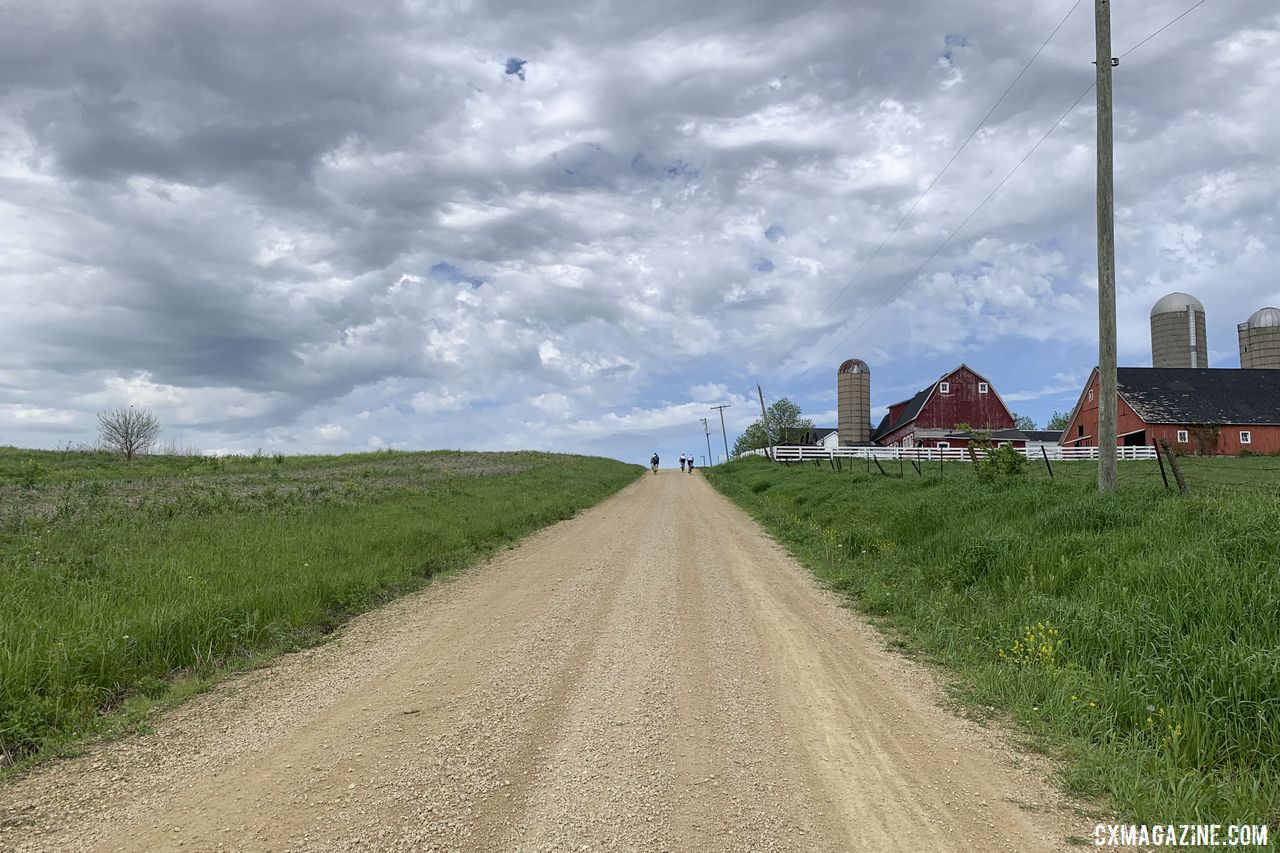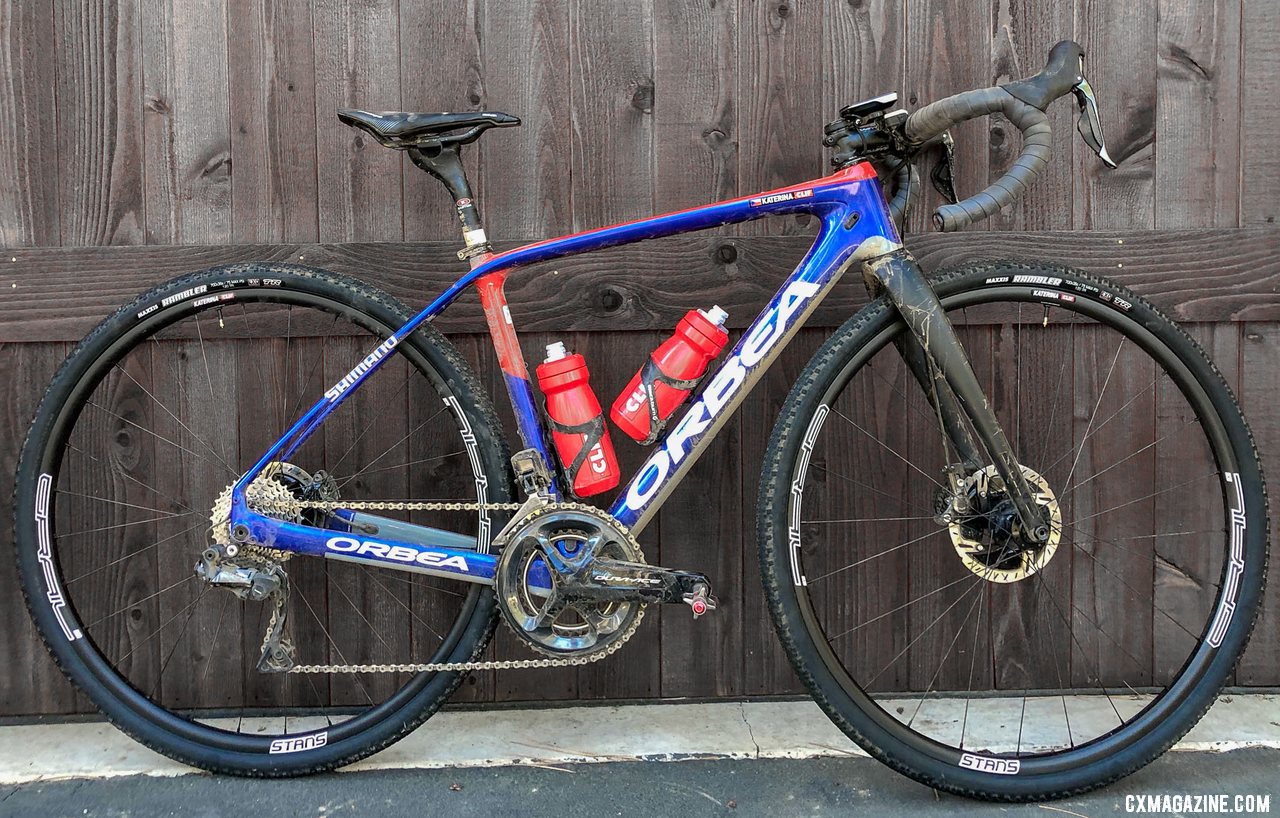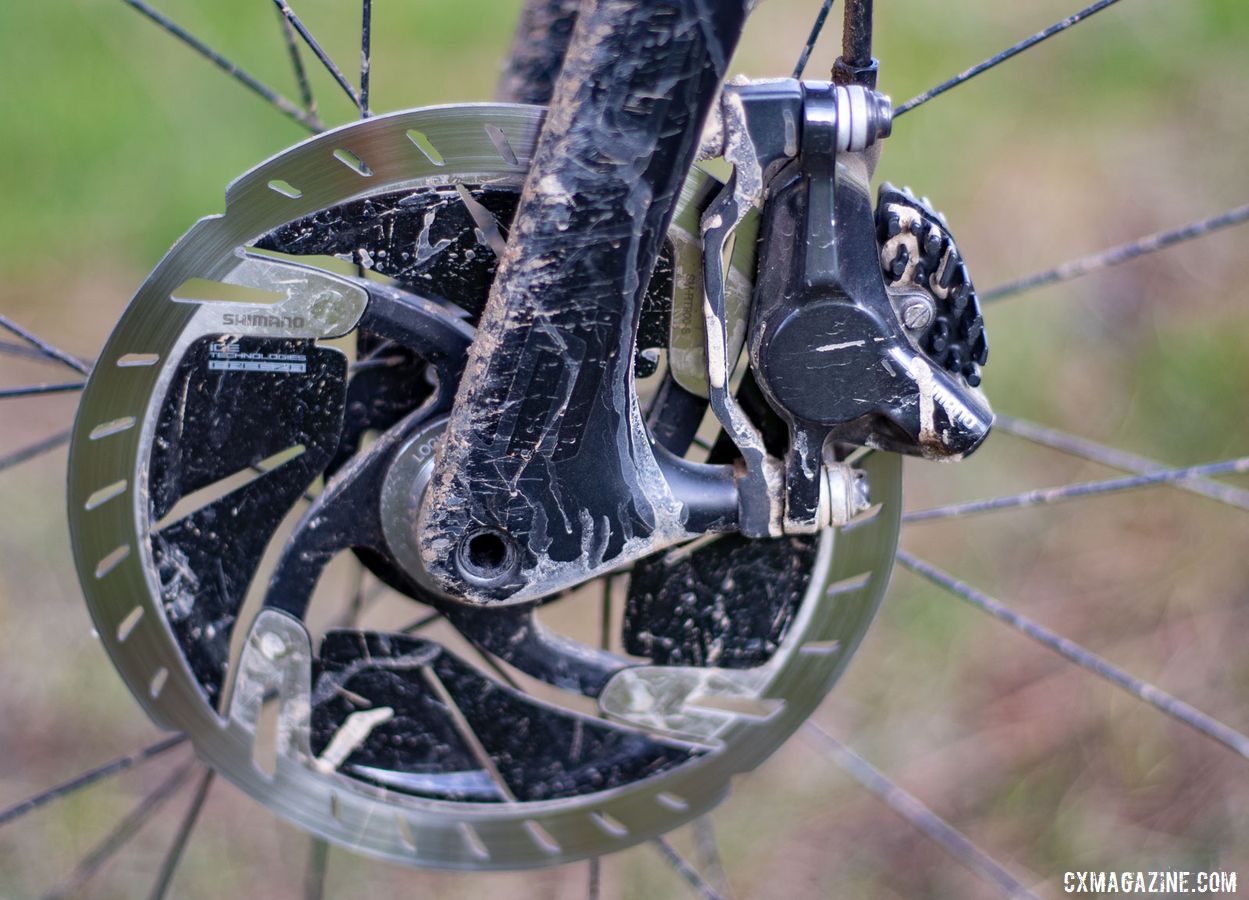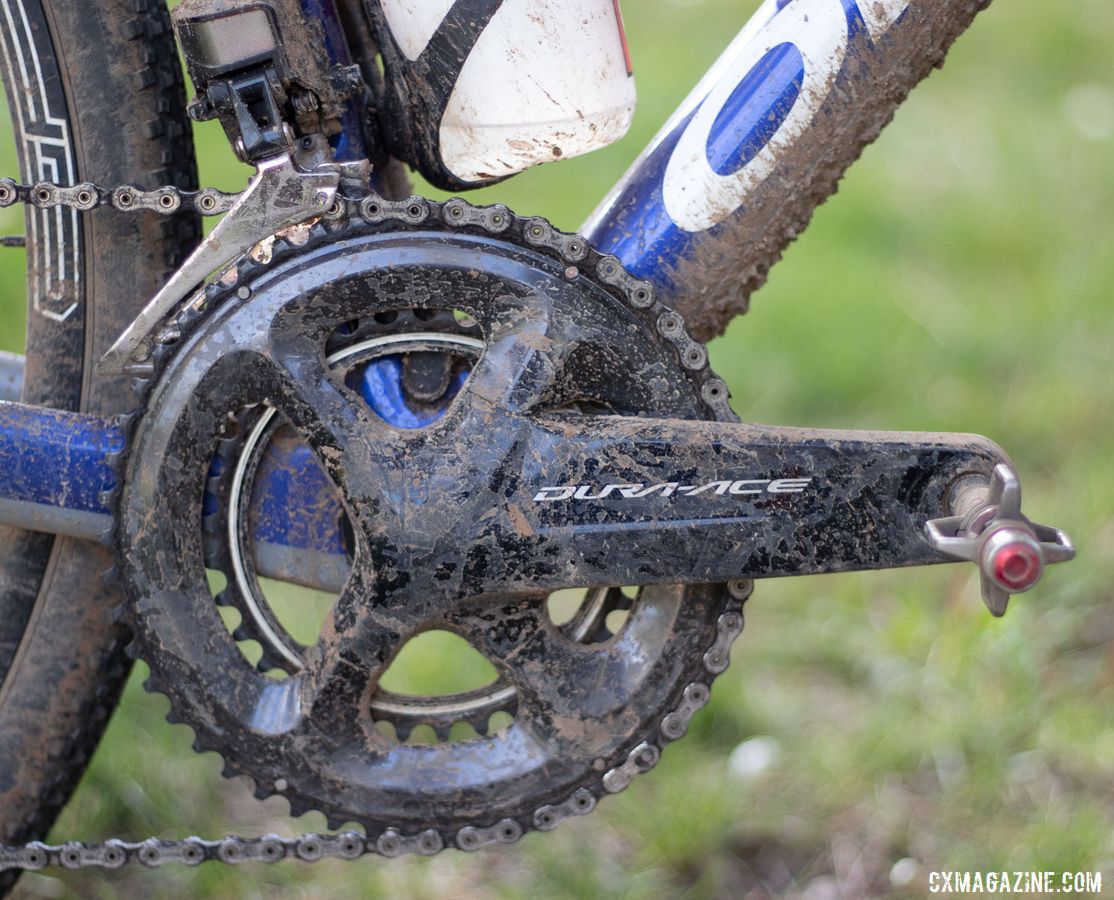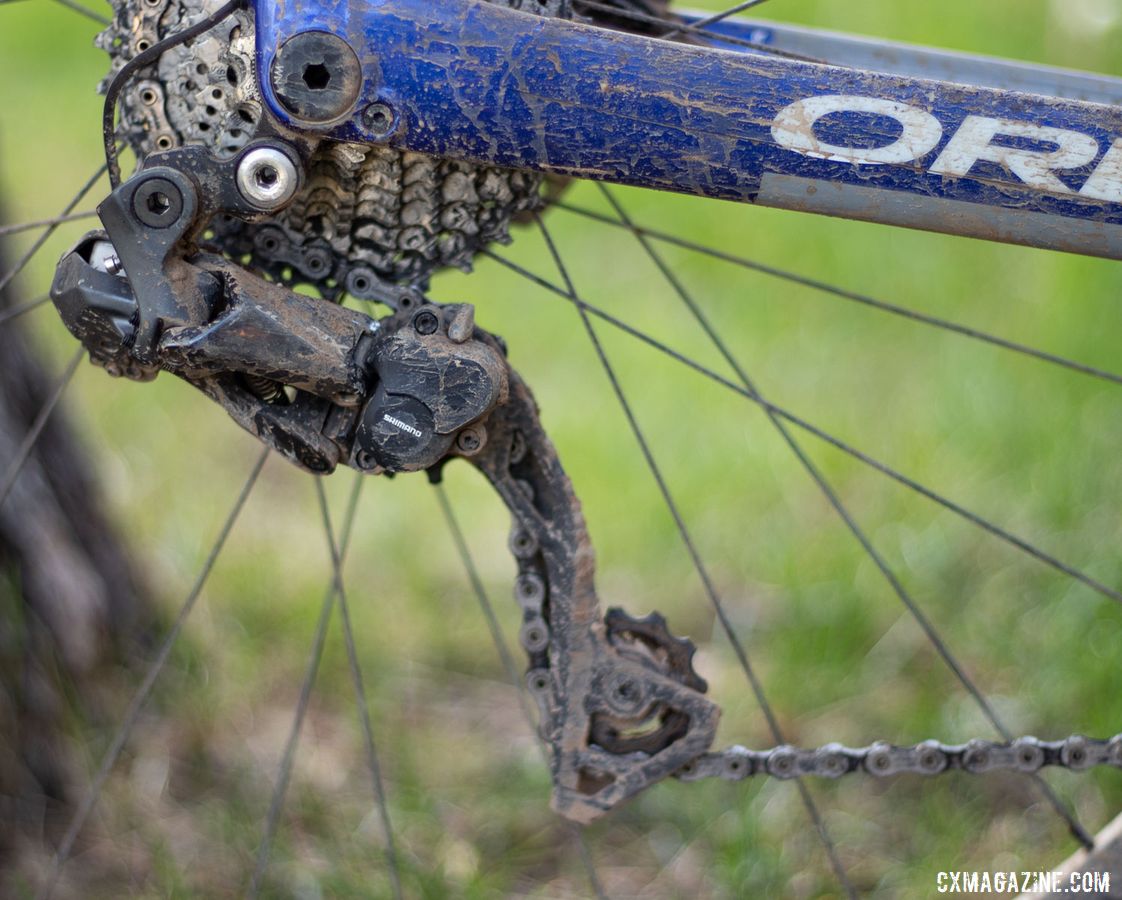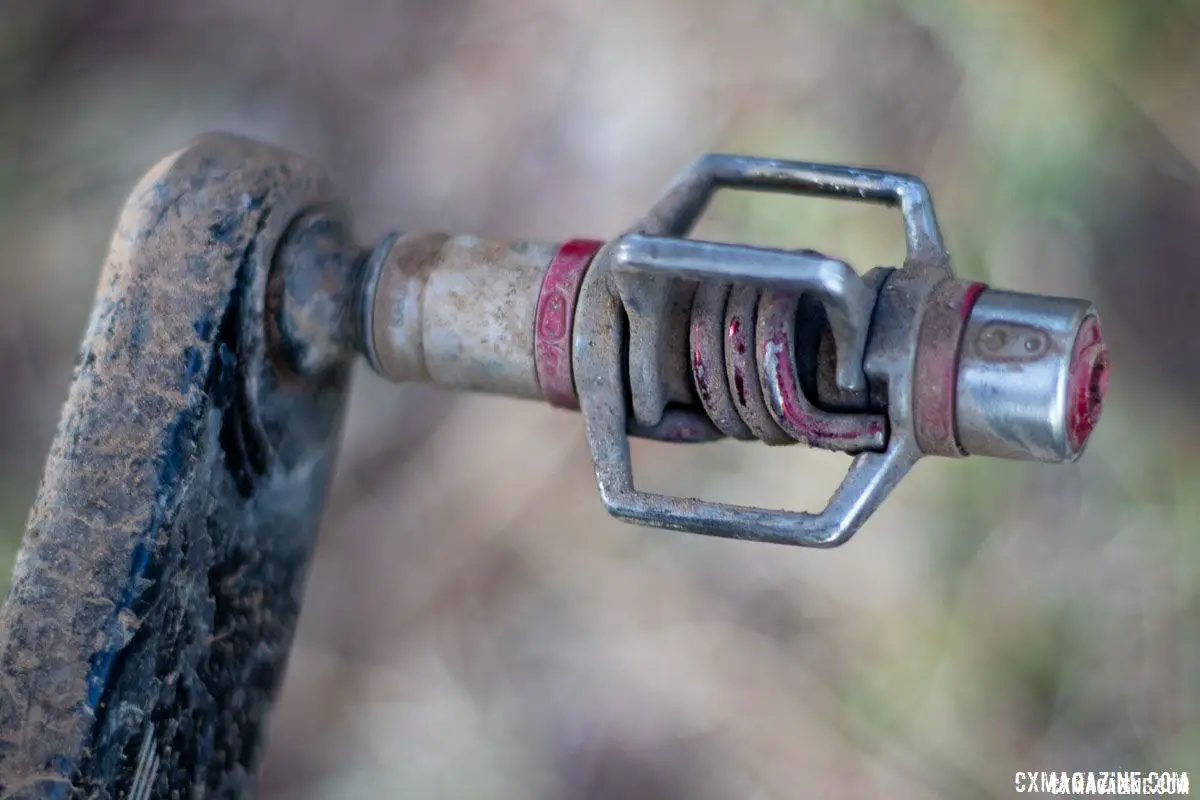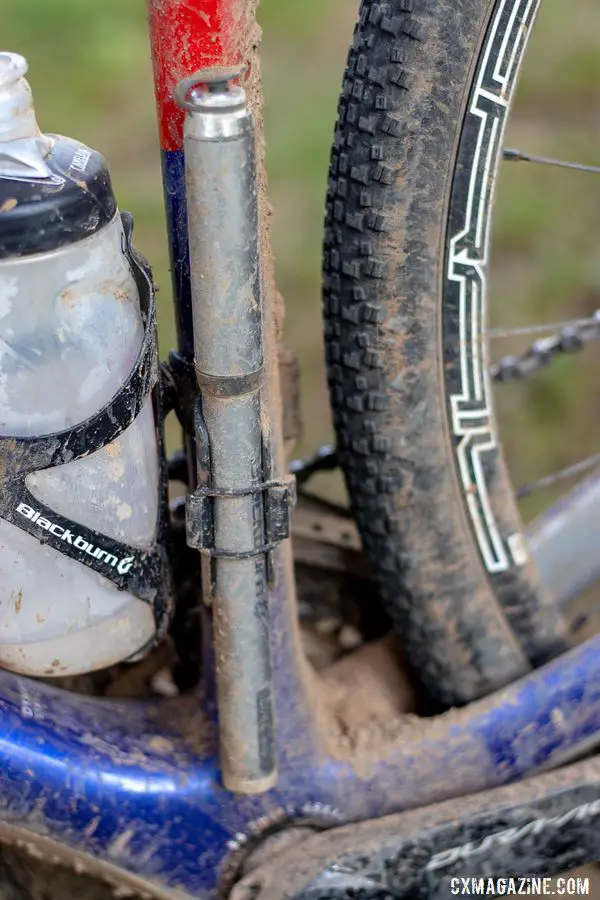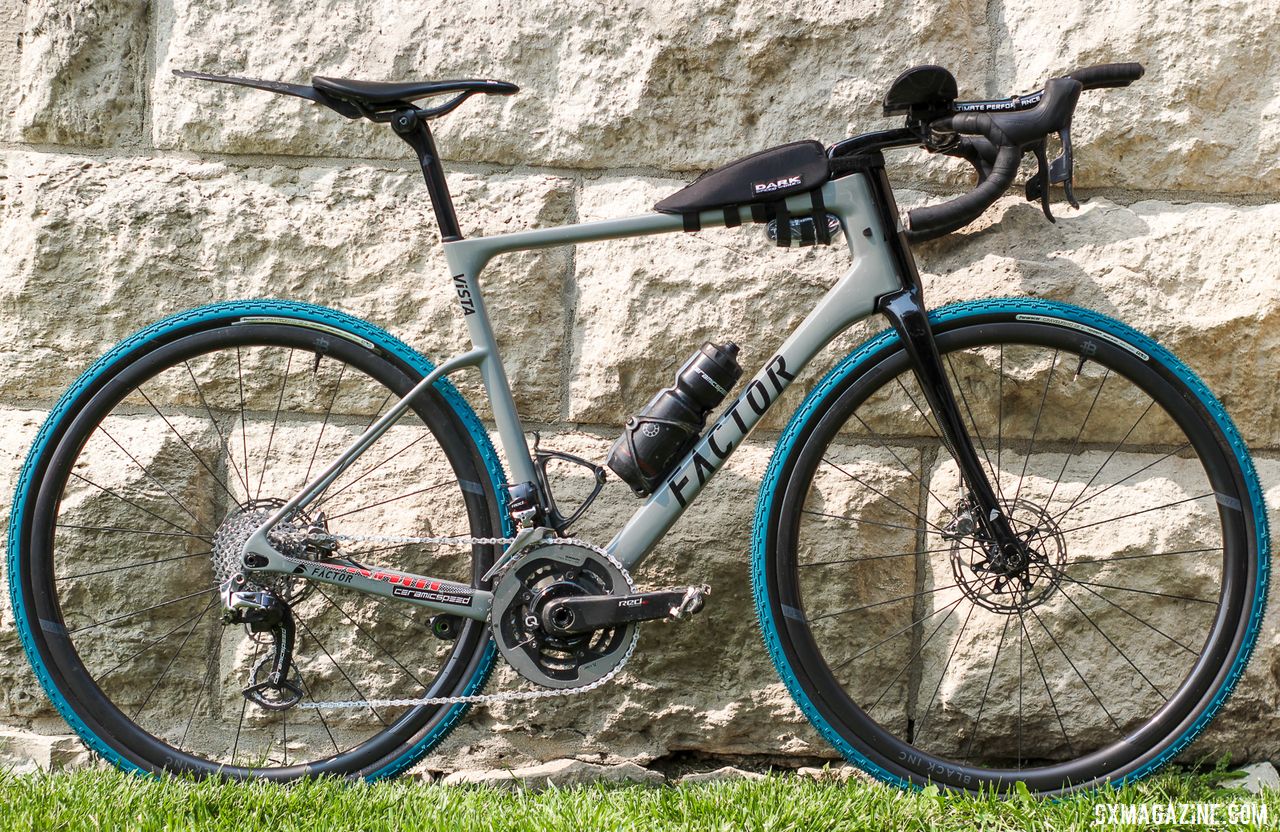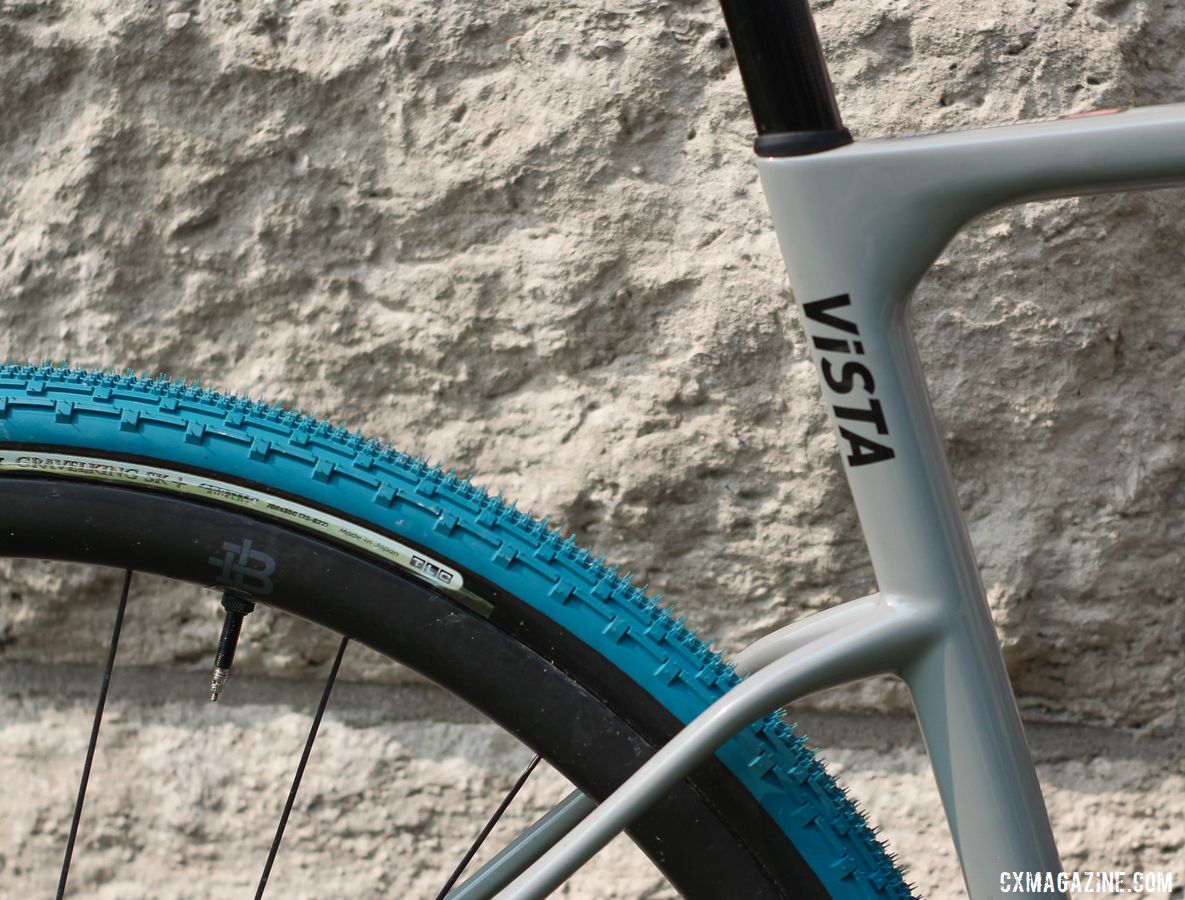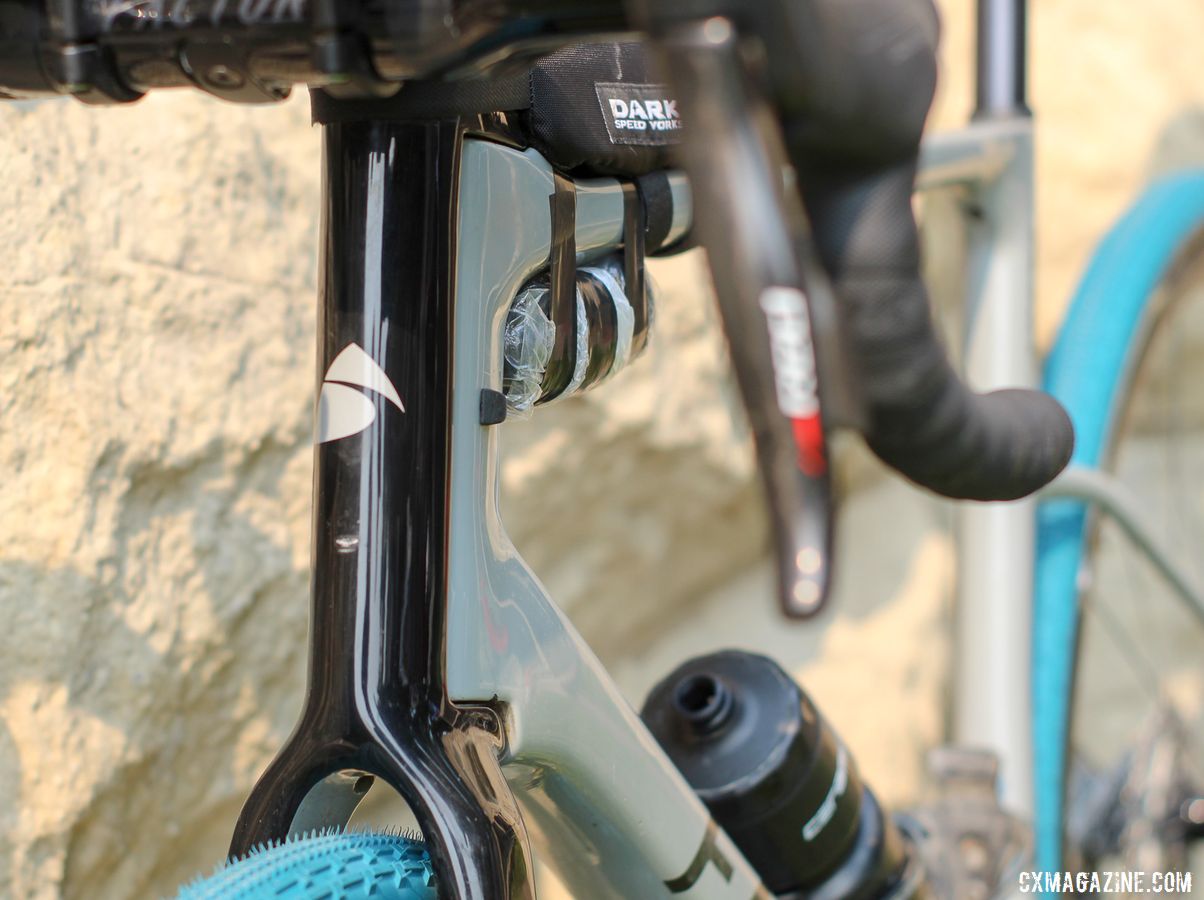
The biggest weekend in gravel racing’s two main events have continued to grow in attendance and in stature. While Kansas’ Dirty Kanza celebrated its 14th year with 3,000 racers, California’s Lost and Found returned for its 6th edition with over 1,500 racers.
The two events both boast plenty of weekend warriors and big-name professionals, yet serve up dramatically different scenery and atmosphere, and as a result, attract different types of riders. As we noted in our Lost and Found preview, it’s not uncommon for racers to sample each, and settle on one.
While Dirty Kanza has drawn out World Tour road pros and plenty of media coverage (see our own continuing coverage here), the Lost and Found gravel race has grown as much as an outdoor festival as a race.
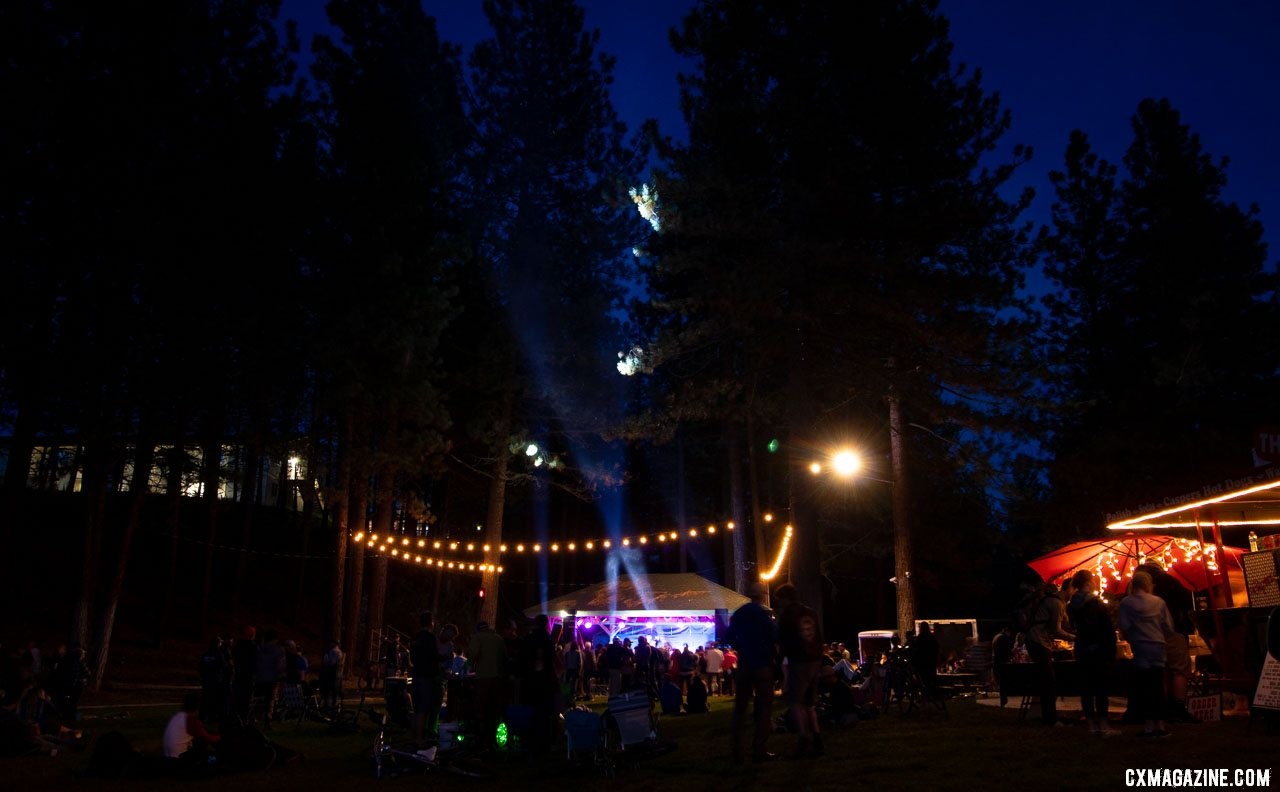
The 2019 Lost and Found gravel race is as much an outdoor festival as a bike race. © A. Yee / Cyclocross Magazine
Singlespeed Cyclocross National Champ and Belgian Waffle Ride winner Sarah Sturm made the trip from Colorado and explained the appeal. “I like being in the mountains, I like camping, and I like the whole feel of this event,” she said after completing her first race. “ It’s still a lot of travel for me to get out here but it’s so worth it. I like all the people that do it.”
Four-time Olympian and Cyclocross World Cup winner Katerina Nash, who lives just an hour away in Truckee, made her third trip over for another Lost and Found ride in the mountains. With nothing left to prove in career, Nash downplayed the competitive aspect of the event. “Every time I finish without a flat tire or mechanical, I’m just happy,” Nash said. Dirty Kanza doesn’t appeal to her. “No crazy double. A hundred [miles] is plenty.”
Alone in a Crowd
Even though the pro women started with all the hundreds of 100-mile racers, including many men, for the top women, finding a similar speed group to jump in and work with wasn’t easy. With less than 20 men ahead of them, and a big motivation to keep stops at aid stations short, the leading women were often left alone in the wind, to fight for the win.
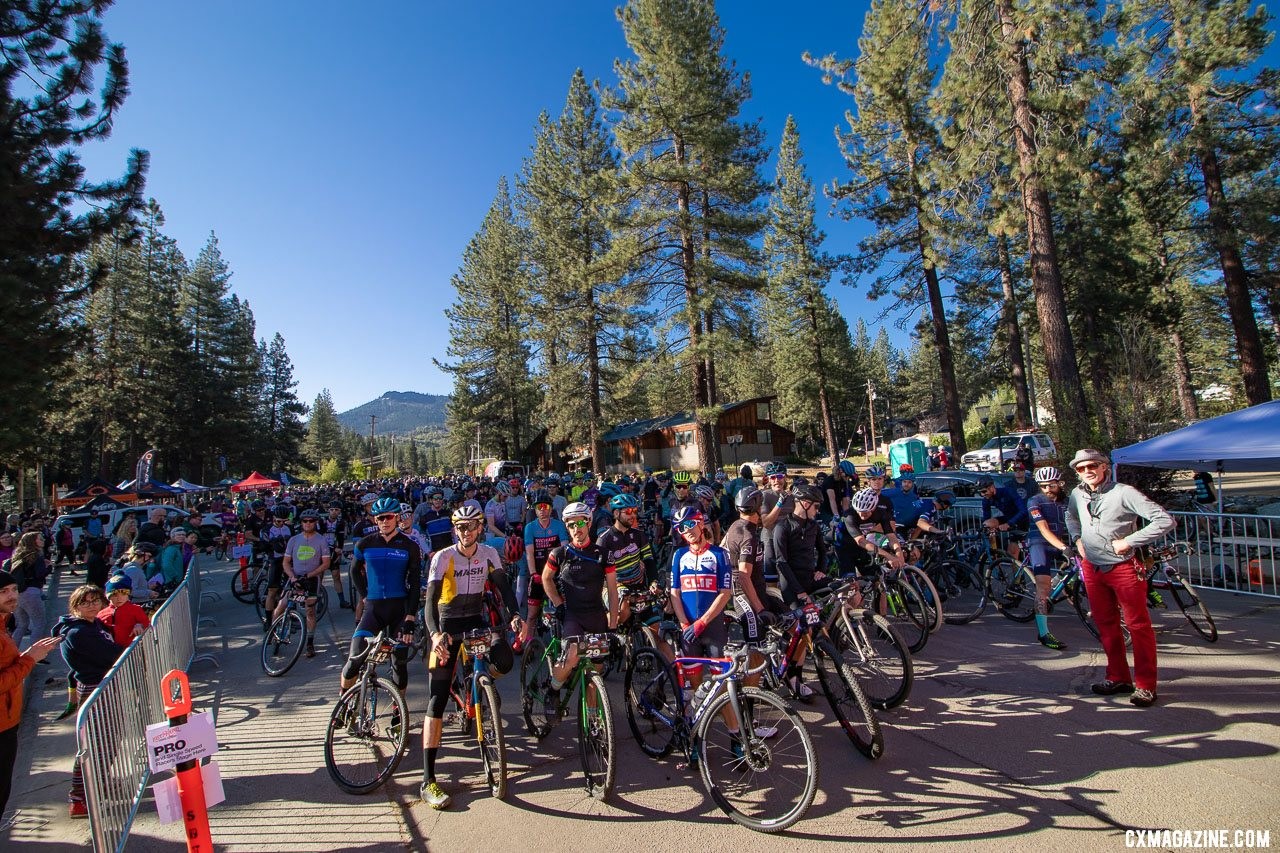
Katerina Nash was ready to be the race leader well before the race. 2019 Lost and Found gravel race. © A. Yee / Cyclocross Magazine
2017 Lost and Found winner Katerina Nash, looking for a flat-free ride after disappointment in 2018, turned off the pavement after the neutral roll-out, and found herself riding away from the other women. “I kind of got away on the first longer climb and I tried to get into a good group,” Nash explained about her half-successful plan. “I got away, but didn’t get into a good group.”
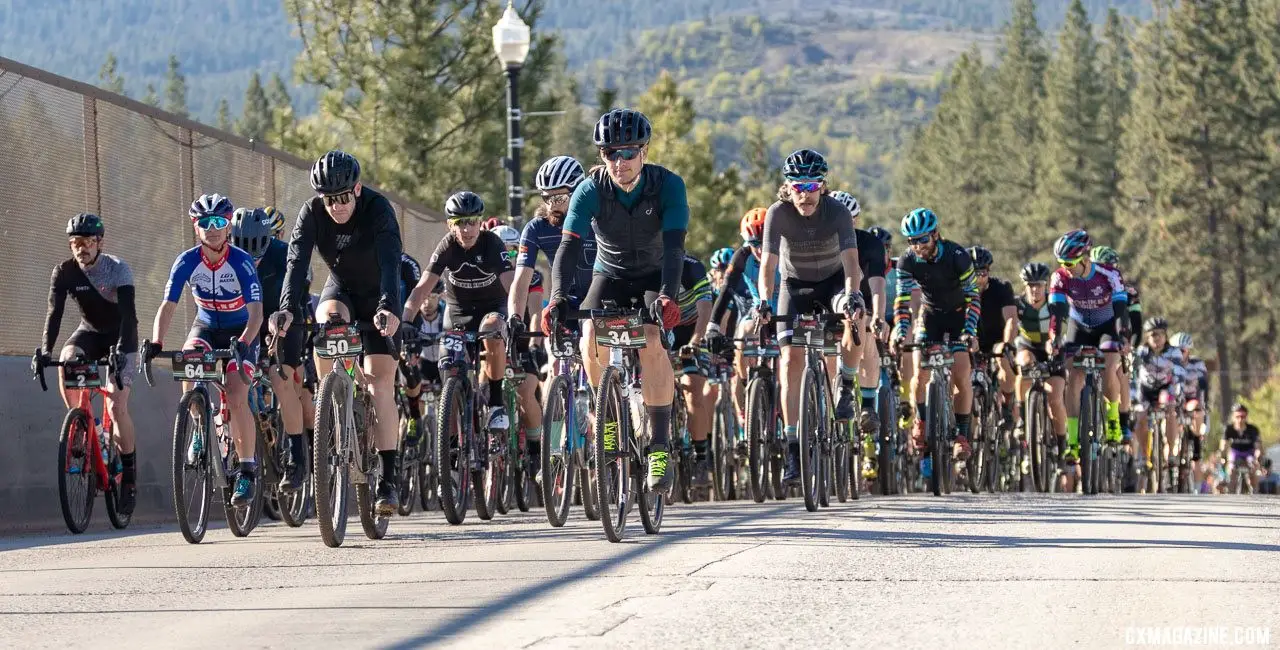
Katerina Nash wasted no time in getting to the front. She stayed at the front of the neutral roll-out and then hit the climb with vigor, dropping all other women. 2019 Lost and Found gravel race. © A. Yee / Cyclocross Magazine
Behind her, contenders Sturm and Serena Bishop Gordon watched Nash pull away on the lung-searing first 10-mile climb, but weren’t feeling ready to chase. Sturm worried that could be the race, but couldn’t match the pace. “I rode with the lead group for a minute and was like, nope!” she said. “I knew if I was going to be competitive, I had to go with her, but I had to check in with how I was feeling, and the beginning part of the race I wasn’t feeling very well, and I wasn’t sure how the race was going. I wanted to finish, and I had some stomach issues.”
Bishop Gordon was hurting as well. “I wasn’t in a good spot in the beginning,” she revealed. She’d watch Nash then Sturm gap her. “So I was heads down, just thinking don’t ever give up.”
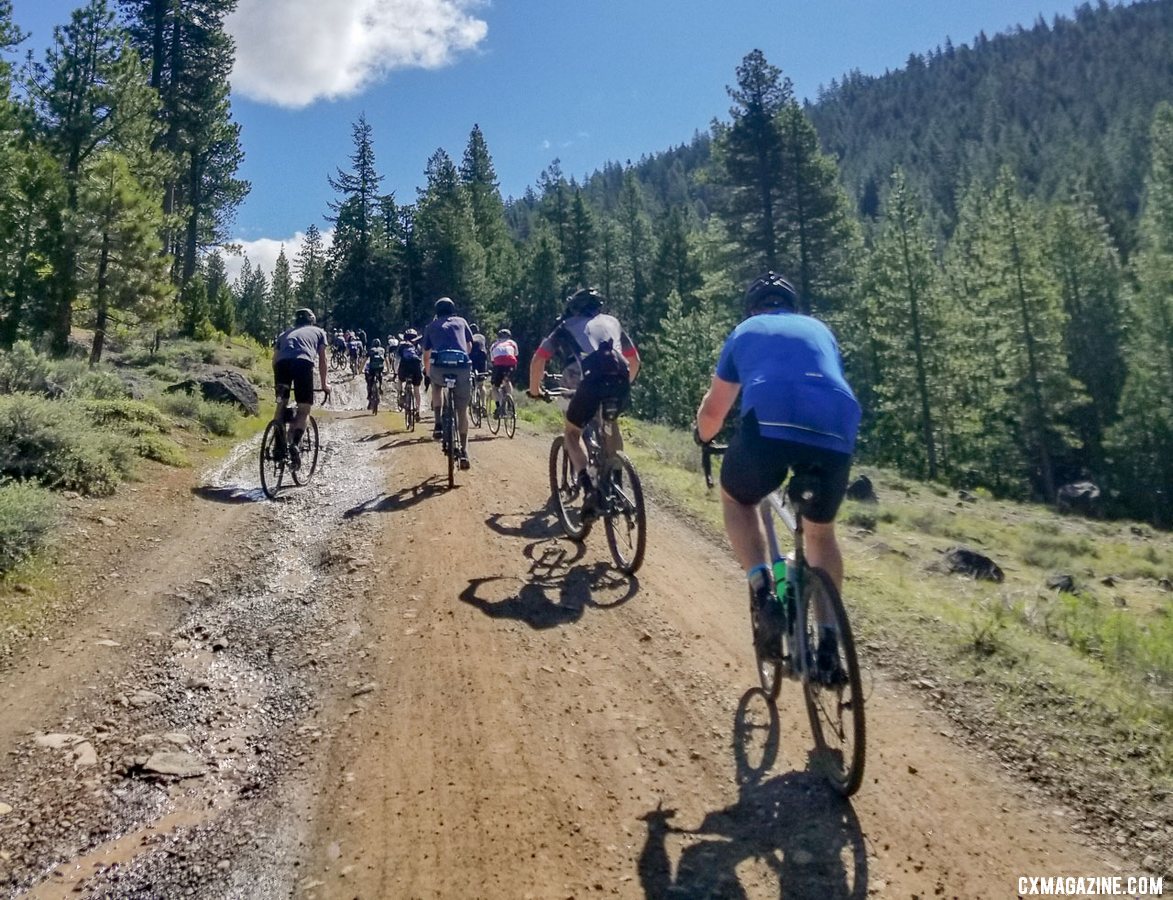
The first climb stretched nearly 10 miles long and was Katerina Nash’s launching pad. 2019 Lost and Found gravel race. © A. Yee / Cyclocross Magazine
The 2019 course front-loaded much of the climbing, and anyone who has watched a Grand Tour stage with early climbs knows regrouping is common once the terrain flattens out. Chase groups form, racers trade pulls and a solo leader comes back. Could the chasing women (and men) achieve a similar feat with the women’s leader in Nash?
“There were a lot of lonely moments out there,” Nash said about her 100-mile race. “It was a fun course, but a long day out there.”
The problem for the chasers was that they too were largely on their own. “I just was in a weird no man’s land,” Sturm recalled. “I floated [between] a couple of packs. There was a big chunk of time, an hour and half, two hours, when I was alone. I couldn’t see anyone ahead of me or behind me.”
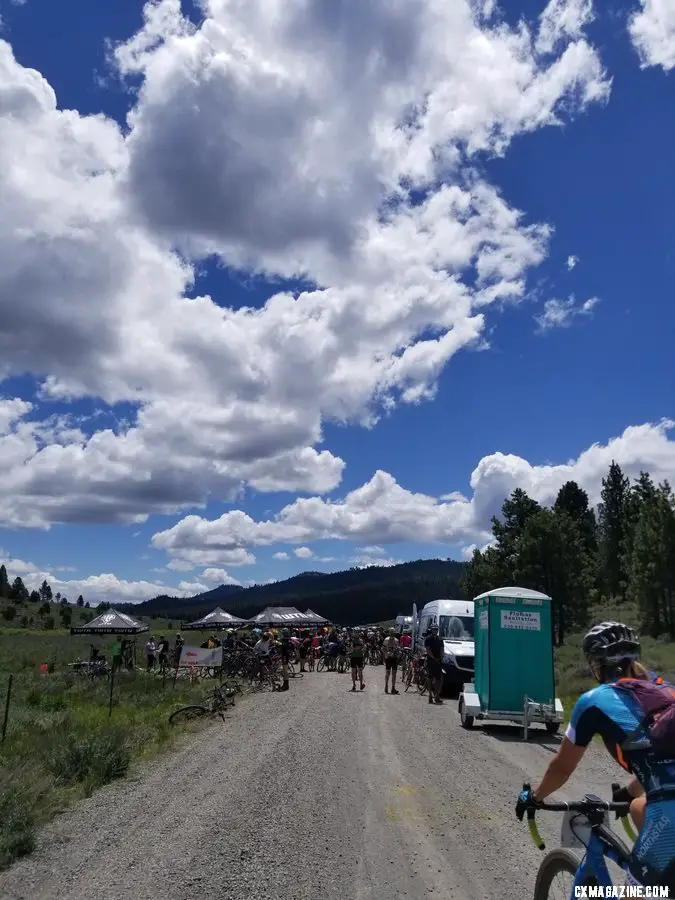
Being self-supported is not the spirit of Lost and Found. Nearly every 10 miles there are well-stocked aid stations. 2019 Lost and Found gravel race. © A. Yee / Cyclocross Magazine
Although the wet winter and recent rains almost completely eliminated the usual dust clouds, Sturm couldn’t see Nash just a few minutes ahead, nor a determined Bishop Gordon coming up from behind.
“I didn’t know how far ahead [Sturm] was,” admitted Bishop Gordon. Still, she had her head down in a determined solo chase to at least secure, if not improve upon, her third-place ride in 2018. “I was drilling it, drilling it.”
Vicious Cows and Company
While the three top women pushed through lonely rides for much of the first 80 miles, they were about to encounter many more riders, thanks to their route reconnecting with the 65-mile course. Yet for Sturm and Bishop Gordon, it wasn’t necessarily the company they were looking for.
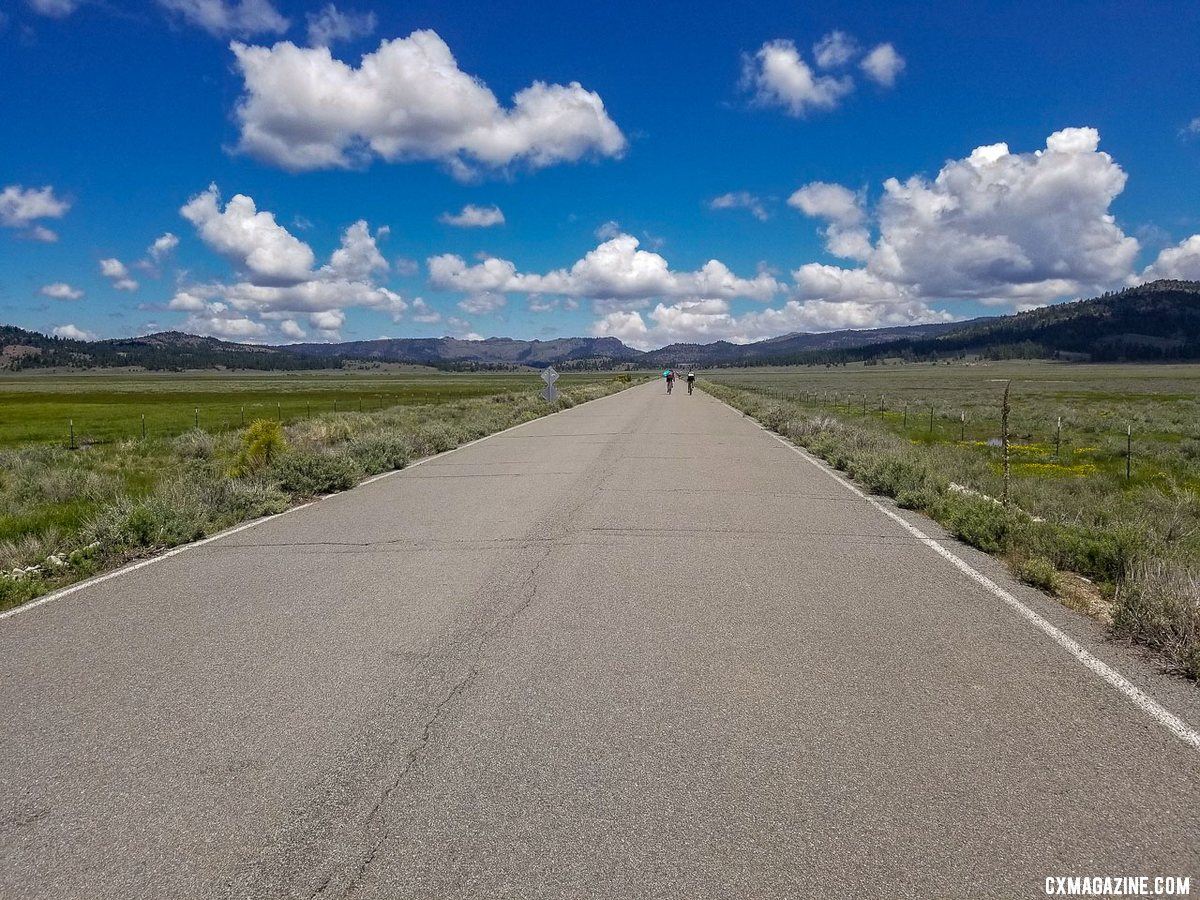
For some, there were many miles of lonely riding. 2019 Lost and Found gravel race. © A. Yee / Cyclocross Magazine
“Every time I would get excited by how I was doing, I was like, nope, it could change in a second,” Sturm revealed. And after a four-hour chase, Bishop Gordon was about to change the race for second.
“I finally caught [Sturm] around mile 80, right after that aid station. I was like, sweet!” recalled Bishop Gordon. The two pulled off the pavement, turning left by the iconic Vicious Cows sign, and hit the last major gravel section together, riding together.
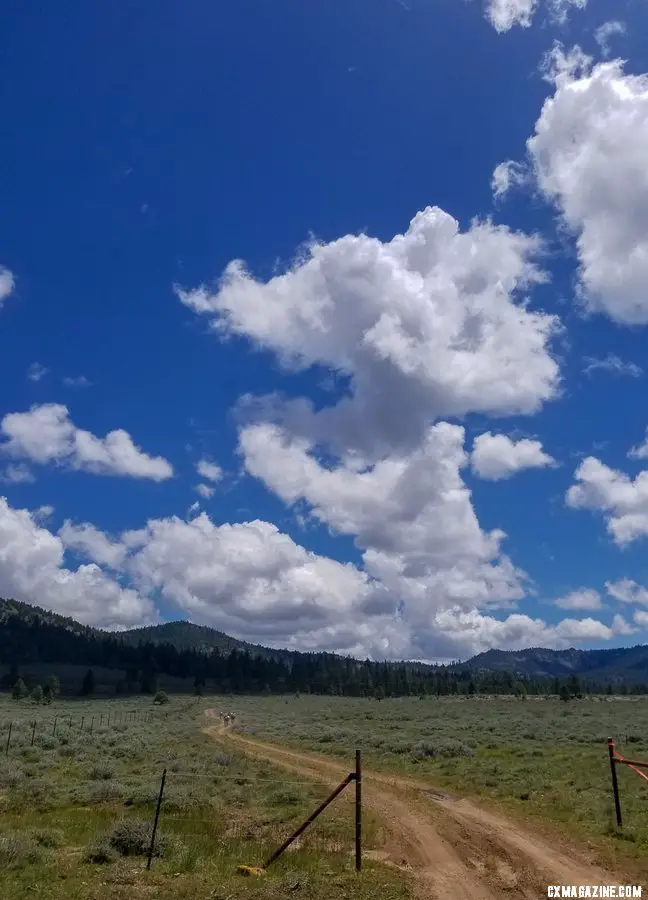
The final gravel segment is where the 102-mile and 65-mile courses merged, and the race for second played out. 2019 Lost and Found gravel race. © A. Yee / Cyclocross Magazine
“I was excited to see it was Serena,” said Sturm. “I think we were both thinking the same thing, let’s work together.”
Bishop Gordon at the moment was content to ride with her competitor, and the two were just a few minutes behind Nash but didn’t know it.
While the two rode together, tactics were already being played out to protect second place. “I wanted to sit on her tail to see how she was riding the technical stuff,” Sturm admitted. Yet it wouldn’t be technical terrain but caught riders that would prove to be instrumental in the race for the Lost and Found podium.
“We were riding together, and running into traffic,” Bishop Gordon recalled. “We were going down this descent. We were [calling out] ‘on your right, on your right!’ but they got confused and they moved right.”
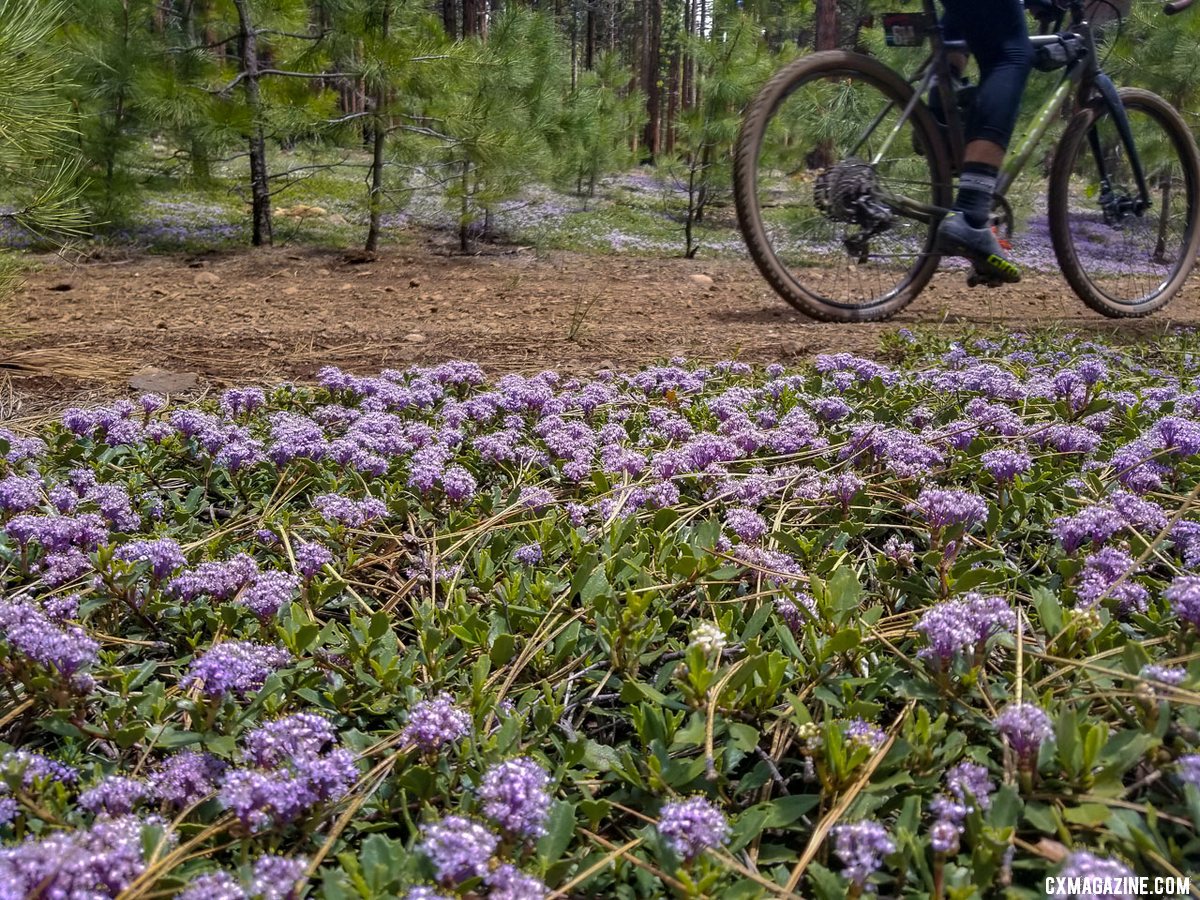
Sturm and Bishop Gordon encountered traffic within the last 20 miles. Perhaps the 65-mile racers were understandably distracted by the roadside beauty in this section. 2019 Lost and Found gravel race. © A. Yee / Cyclocross Magazine
Sturm took advantage. “She got held up behind these women, I slotted in on the right and got away from her on a technical descent part,” said Sturm. “I thought to look back, saw I had a gap, and I was just like, ‘oh, here we go!’ I put the throttle on and tried to get out of sight.”
Sturm may have gotten out of sight, but certainly not out of mind as it gave Bishop Gordon some regret for not making the first move. “I caught her and should have kept going,” she explained. “She was riding slower when I caught her.”
A Time Trial to the Finish
Sturm’s acceleration restored the lonely journeys for the three top women just in time for a headwind-plagued slog to the finish.
The 2019 course featured nearly 12 paved miles to the finish line in downtown Portola, half of which was downhill, but that didn’t mean it was an easy coast to the finish. Up front, even the leading Nash wasn’t clear on her status.
“I looked back a few times, but it kind of gets to the point where I get blurry vision, so I can’t identify anyone behind me anyway,” she said. “You just ride your race.” Even on the long pavement climb and then straight highway home stretch, she didn’t know Sturm was just two minutes in arrears.
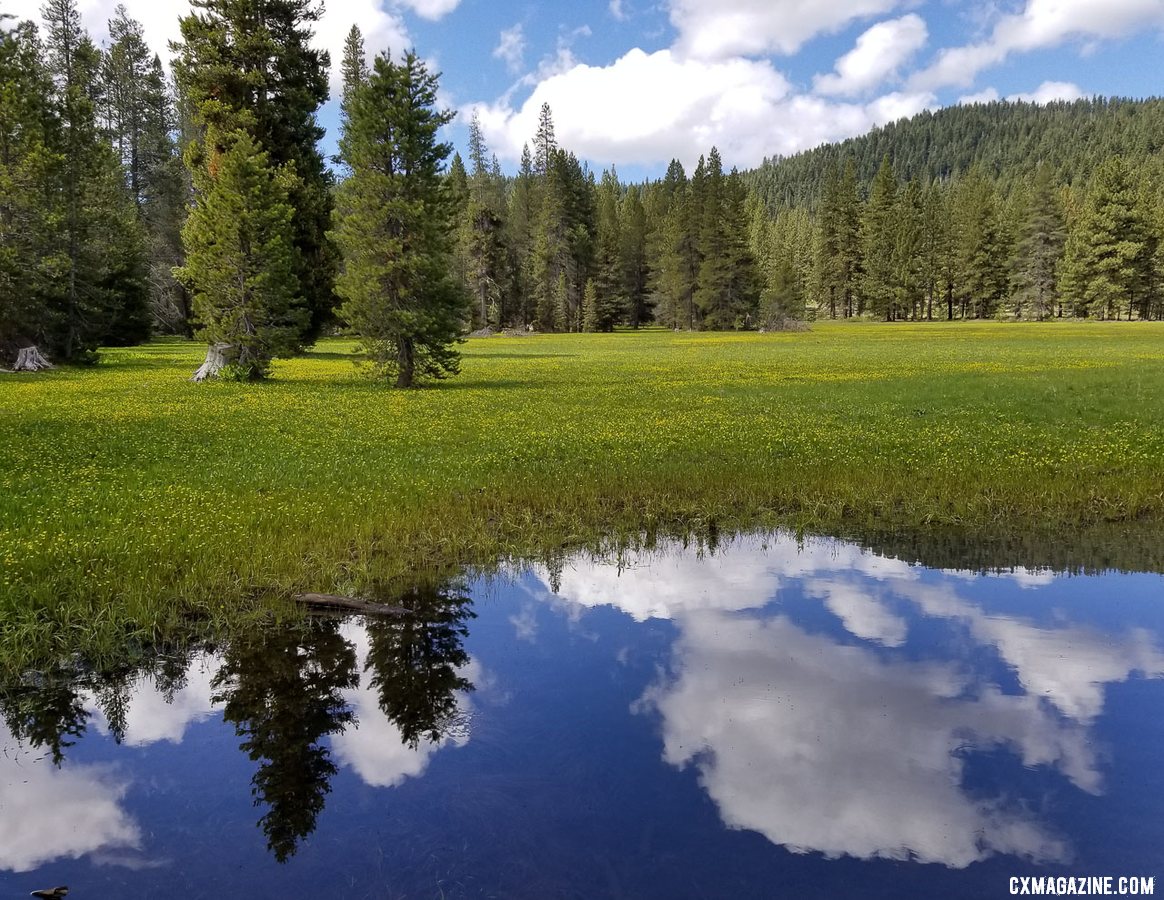
While many were seeing blurry, there was plenty of scenery to appreciate. 2019 Lost and Found gravel race serves up miles of scenery and suffering. © A. Yee / Cyclocross Magazine
After winning the mostly-paved BWR race, could Sturm use the long pavement stretch to her advantage to put distance into Bishop Gordon, and hopefully still catch Nash?
Nash was riding her own race. She rolled onto the riverside bike path, past the campsites, and made the final chicane onto the bridge over the Feather River. Descending the bridge to the finish line, she was still alone.
Rolling across the finish line in first, she finally had some welcomed company.
Nash joined Robin Farina in the history books as the second two-time women’s winner.
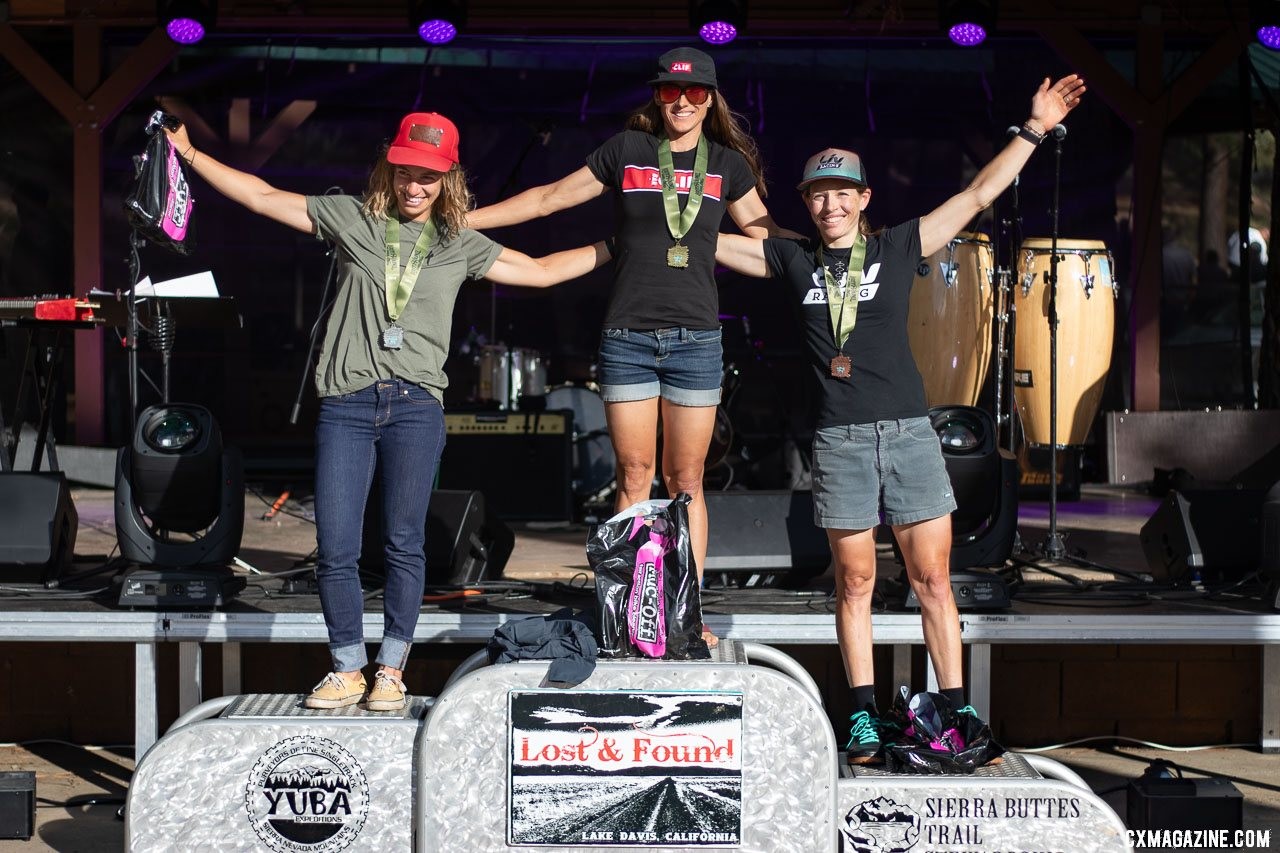
Sarah Sturm, Katerina Nash and Serena Bishop Gordon. 2019 Lost and Found gravel race Pro Women podium. © A. Yee / Cyclocross Magazine
Sufferfresh
Sturm came in for second place, in her first attempt. “I like doing new things,” she explained about her successful debut, and string of gravel success. “If I’m excited to do stuff, I do better at it.”
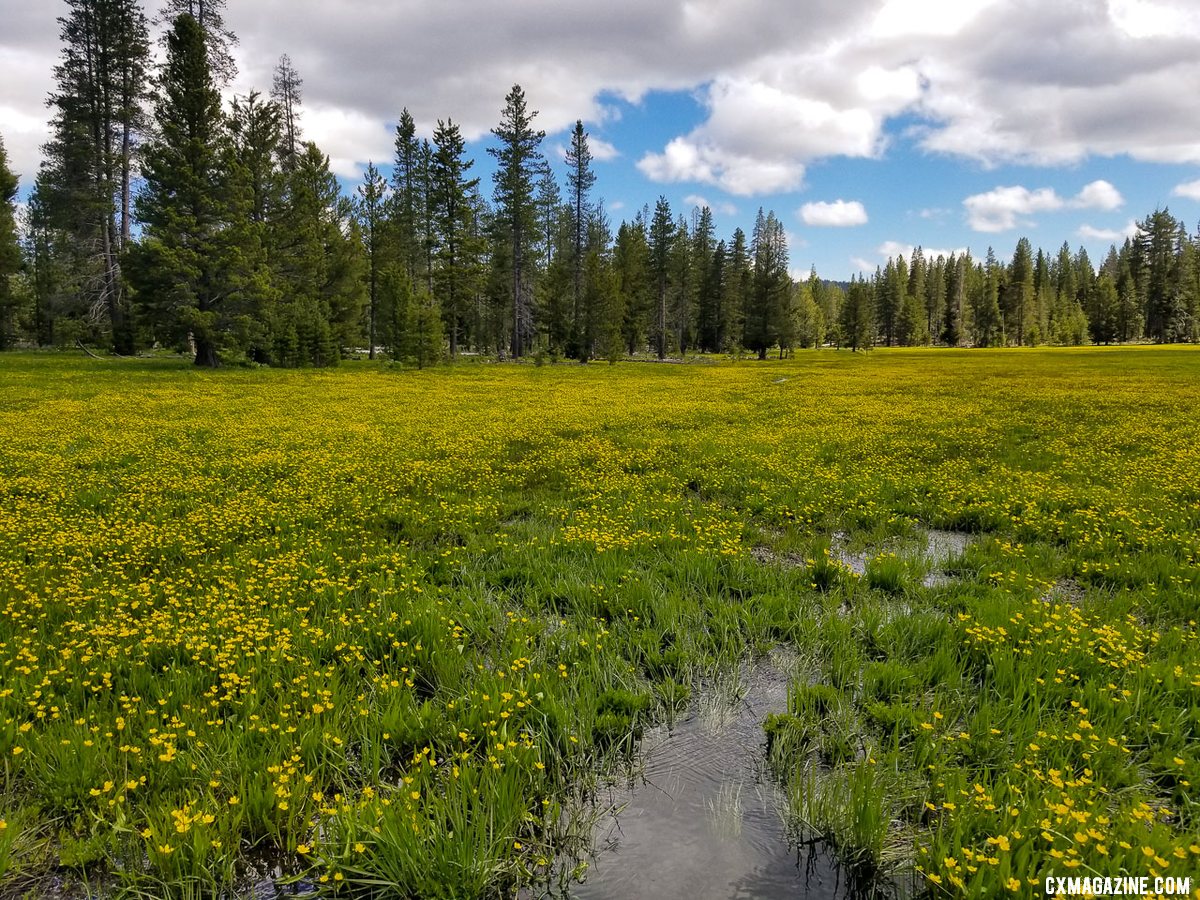
2019 Lost and Found gravel race serves up miles of scenery and suffering. © A. Yee / Cyclocross Magazine
Think the new gravel star will add the DK200 next to her list? Think again. “I don’t want to do DK,” she exclaimed. She’s more attracted the mountain scenery and its own challenge. “It’s so beautiful the whole time here. I was trying to distract myself. It’s honestly one of the hardest races I’ve done. I think it’s harder [than BWR] on your body because it’s a lot more gravel. I live at altitude but I was feeling it today.” Sturm said she rode 40 more miles more but just one hour longer at BWR.
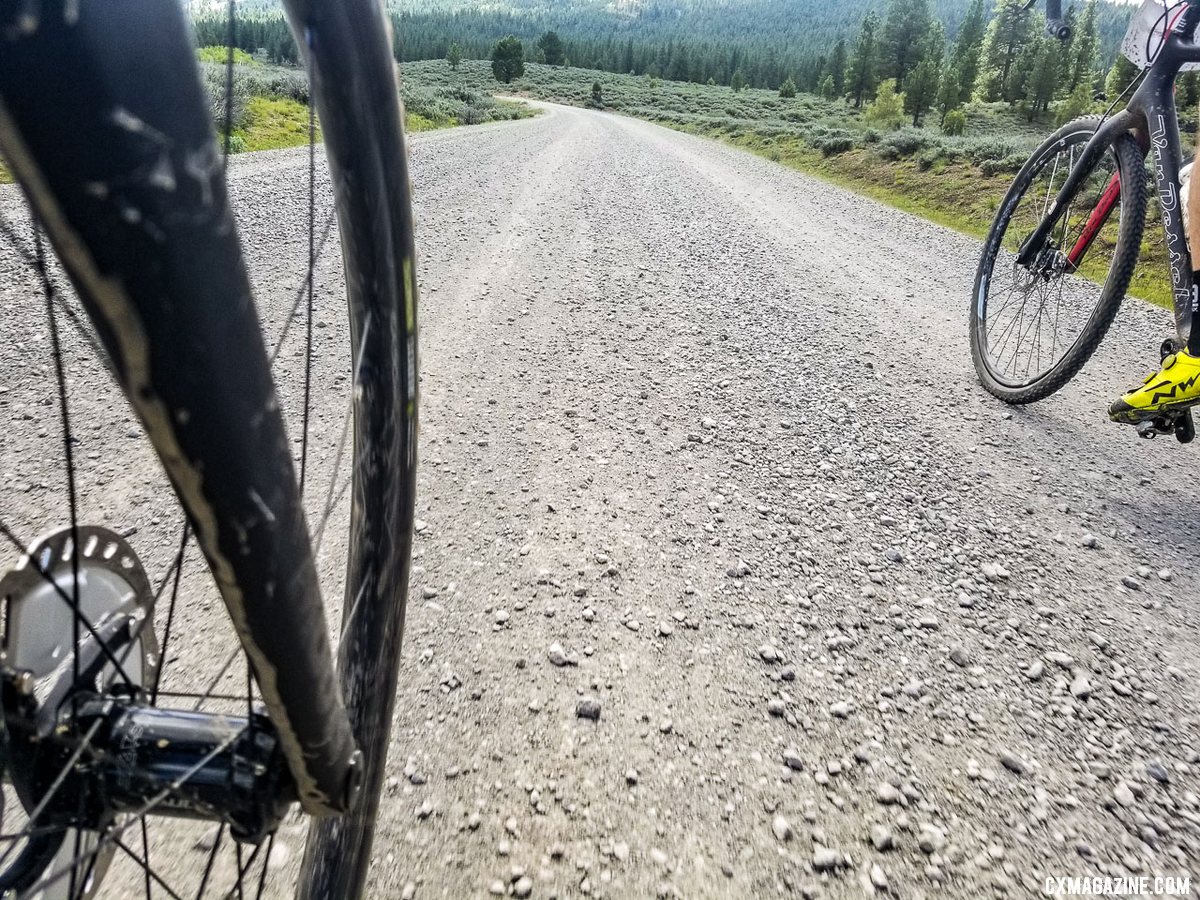
The gravel roads might have been the smoothest in the six years of racing, but still took their toll on racers. 2019 Lost and Found gravel race. © A. Yee / Cyclocross Magazine
Bishop Gordon finished in third for the second year in a row, and enjoyed the challenge of the new course. “I think changing the course is really cool, because it gives everyone a clean slate,” she said.
All top three women pledge to return next year for a clean slate of gravel.
Tech Notes:
- Both Sturm and Bishop Gordon rode the exact same tire pressure, 34 psi up front, and 35 psi out back.
- Sturm squeezed 42mm Specialized Pathfinder tires in her Specialized Diverge.
- Bishop Gordon rolled on 40mm Maxxis Rambler tires on her Liv Brava SLR cyclocross bike.
- Nash rode the same Orbea Terra as last year, with 40mm Maxxis Rambler tires again but different wheels, cranks and cockpit. Like last year, she pumped them to the “upper 30s,” and but had better luck this year avoiding flats.
Pro Women results below. Stay tuned for a full men’s race report and bike profiles from the race.
Enter to win a Redshift Sports Dream Gravel Bike here.
2019 Lost and Found Gravel Race Results: Pro Women
| Pl | Name | From | Bib | Time | Pace |
|---|---|---|---|---|---|
| 1 | Katerina Nash | Emeryville CA | 64 | 5:58:41 | 3:31/M |
| 2 | Sarah Sturm | Durango CO | 67 | 6:00:54 | 3:32/M |
| 3 | Serena Gordon | Bend OR | 61 | 6:05:02 | 3:35/M |
| 4 | Caitlin berstein | Nevada City CA | 58 | 6:24:45 | 3:46/M |
| 5 | Samantha Runnels | Sacramento CA | 65 | 6:35:16 | 3:53/M |
| 6 | Sara Headley | Mill Valley CA | 62 | 6:36:43 | 3:53/M |
| 7 | Amy Cameron | San Rafael CA | 59 | 6:49:41 | 4:01/M |
| 8 | Sian Turner | Truckee CA | 68 | 7:00:29 | 4:07/M |
| 9 | Kathryn Hicks | San Luis Obispo CA | 63 | 7:02:49 | 4:09/M |
| 10 | Leslie Etheridge | Boulder, CO | 60 | 7:10:50 | 4.13/M |
| 11 | Margaret Shirley | Boulder, CO | 66 | 7:45:40 | 4:34/M |
The post 2019 Lost and Found Gravel Race Pro Women: Nash, Sturm and Bishop Gordon Find Lonely Journeys Through the Lost Sierra appeared first on Cyclocross Magazine - Cyclocross and Gravel News, Races, Bikes, Media.





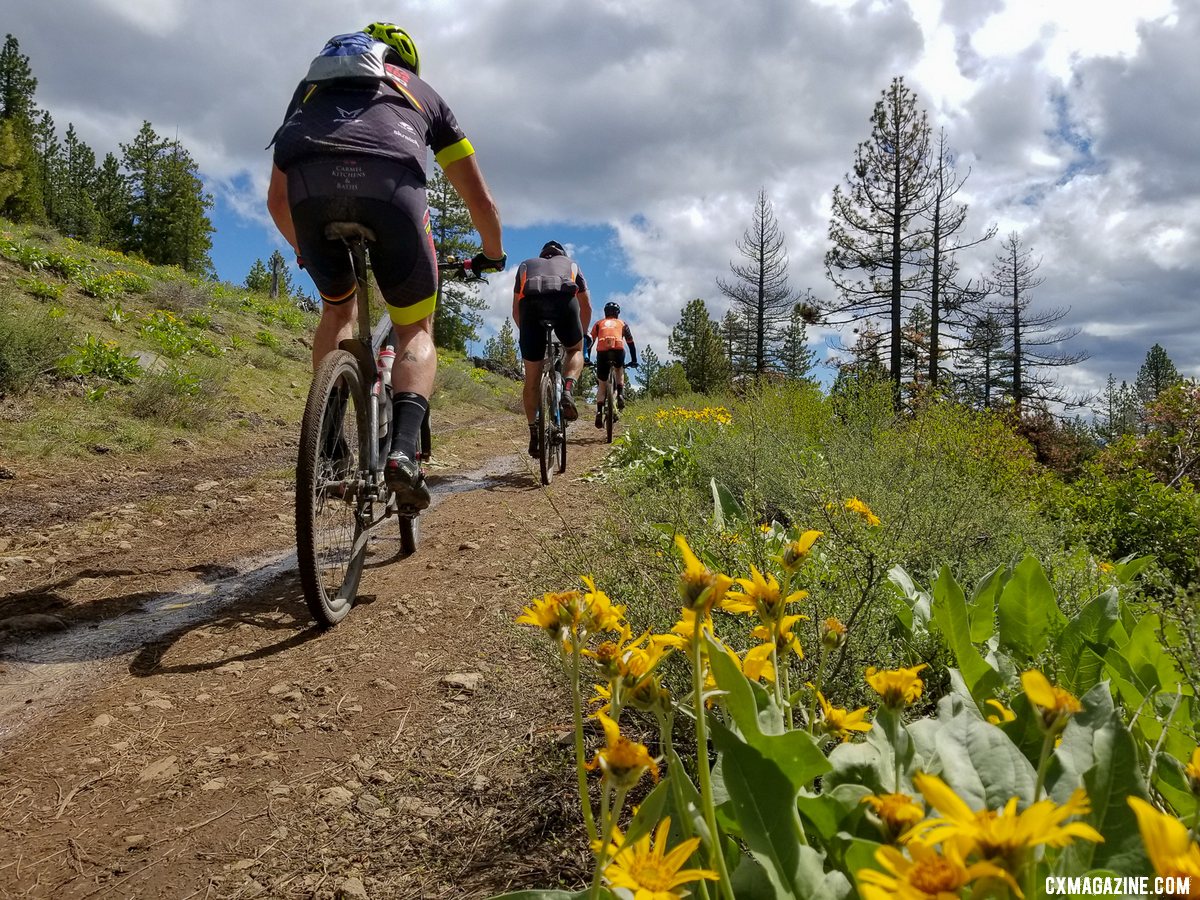
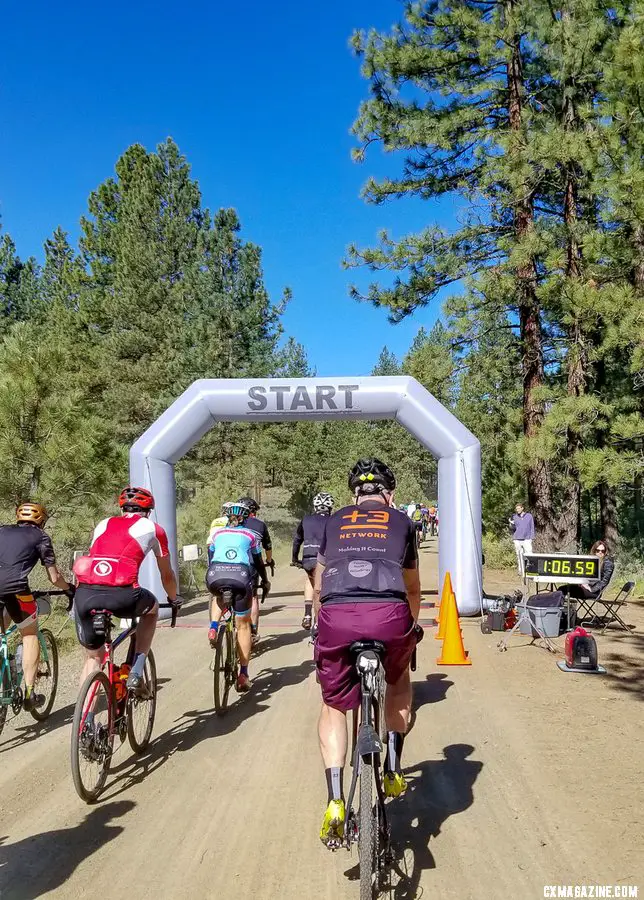

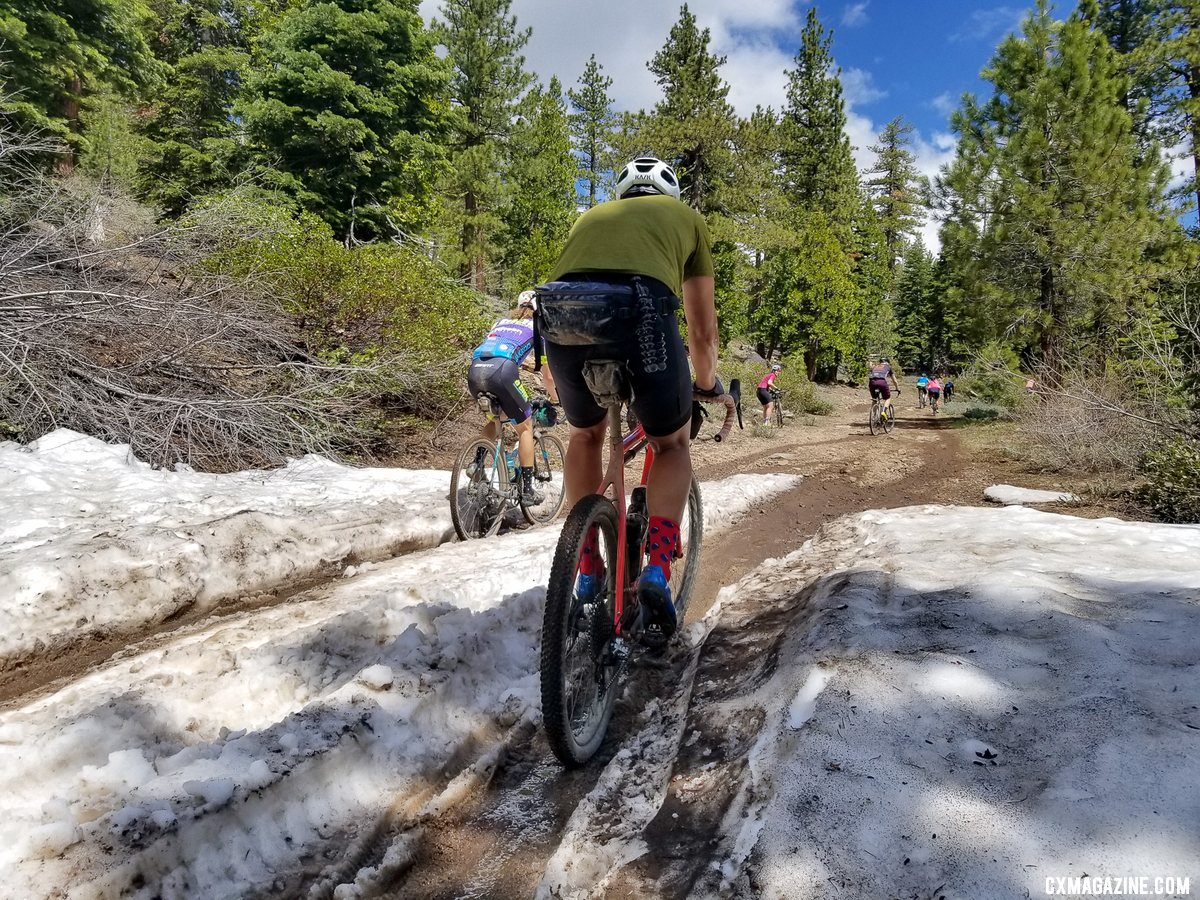
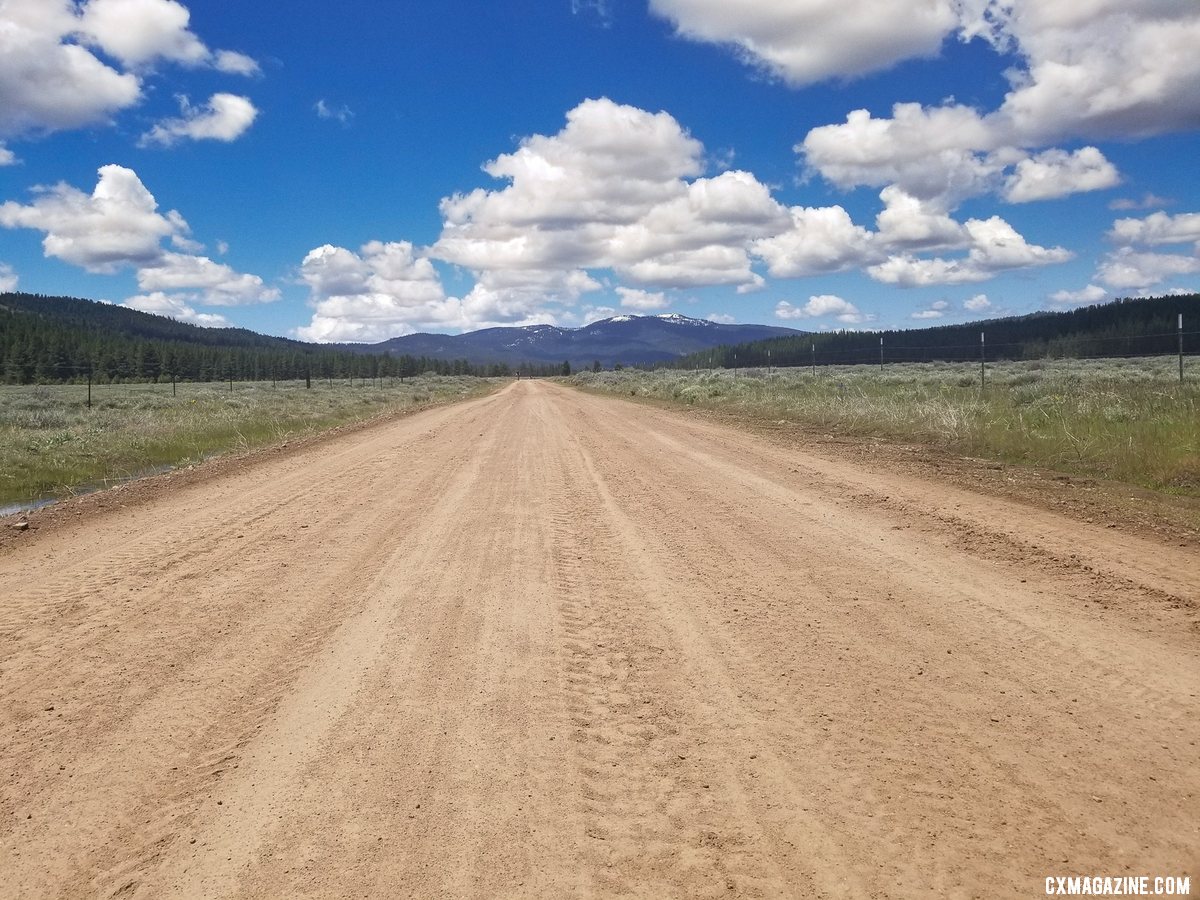

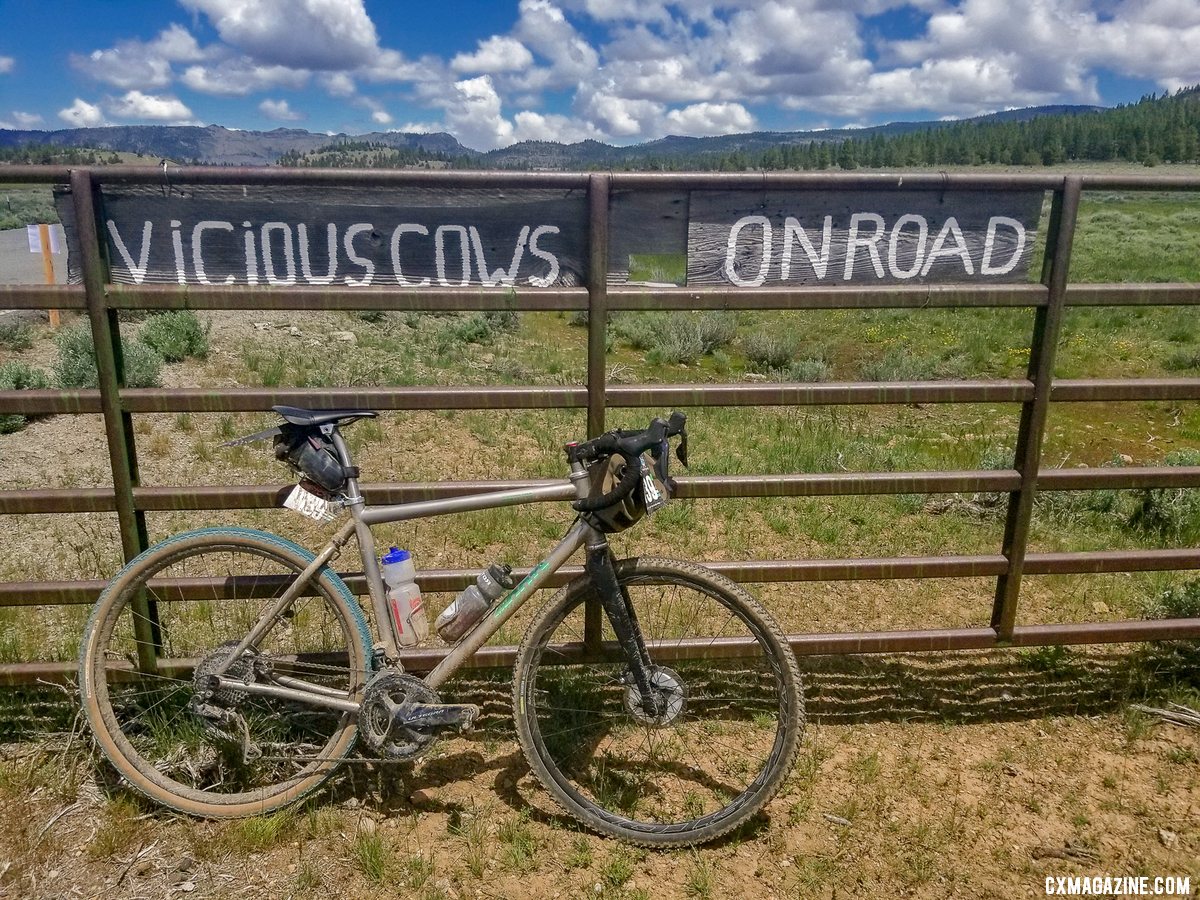


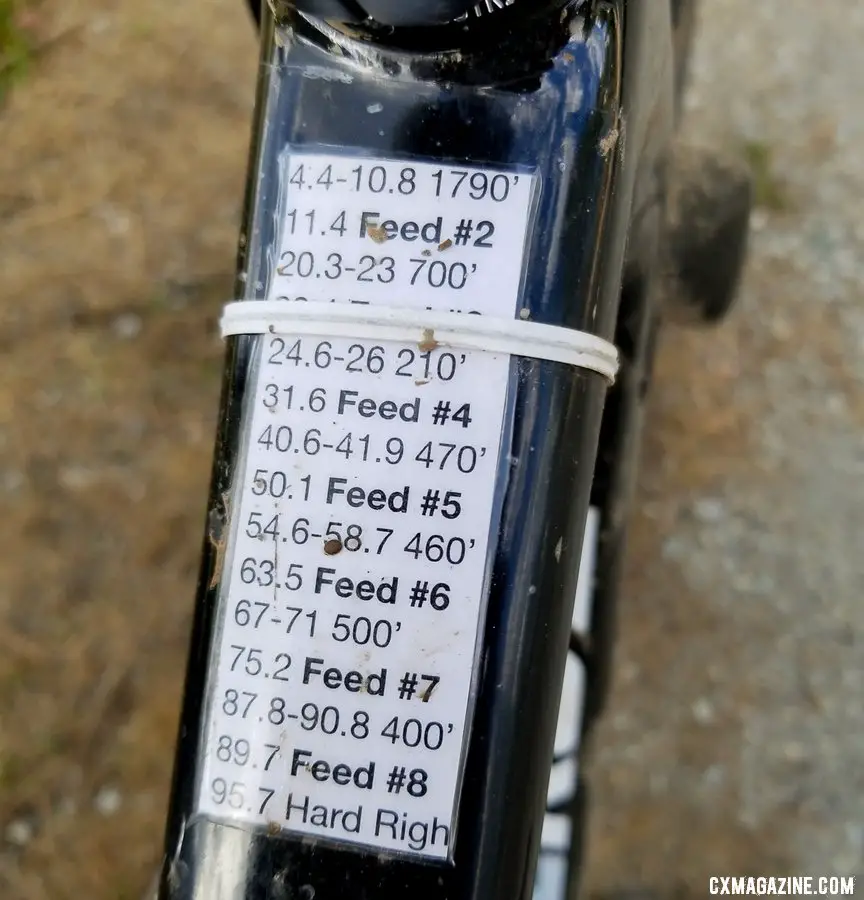














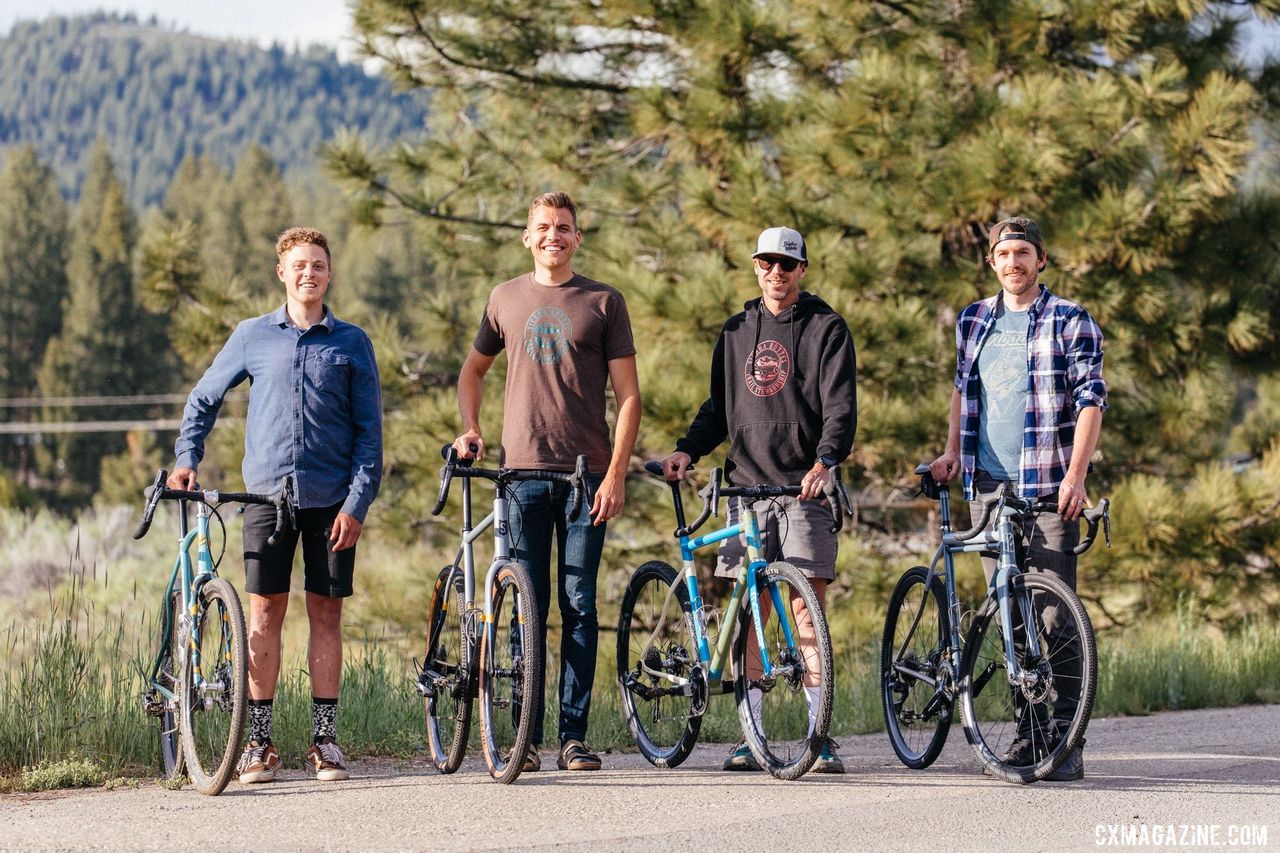

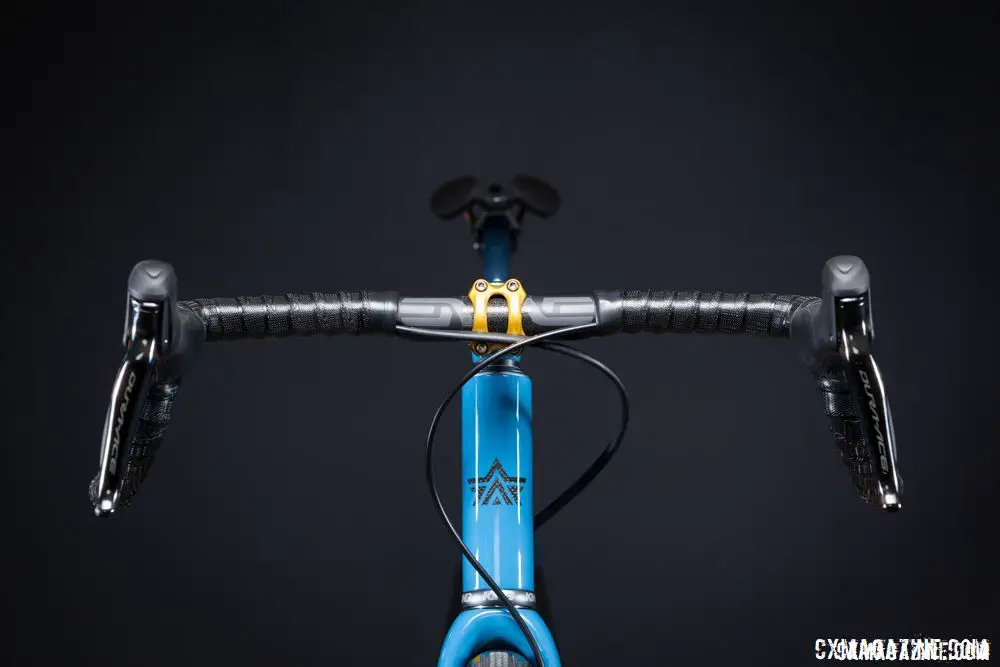

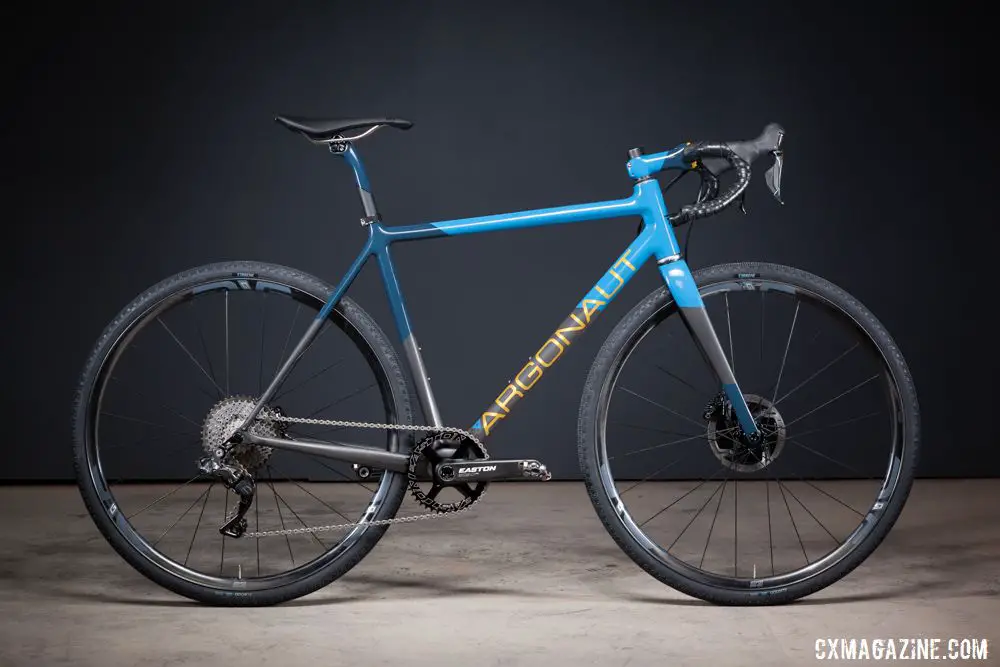


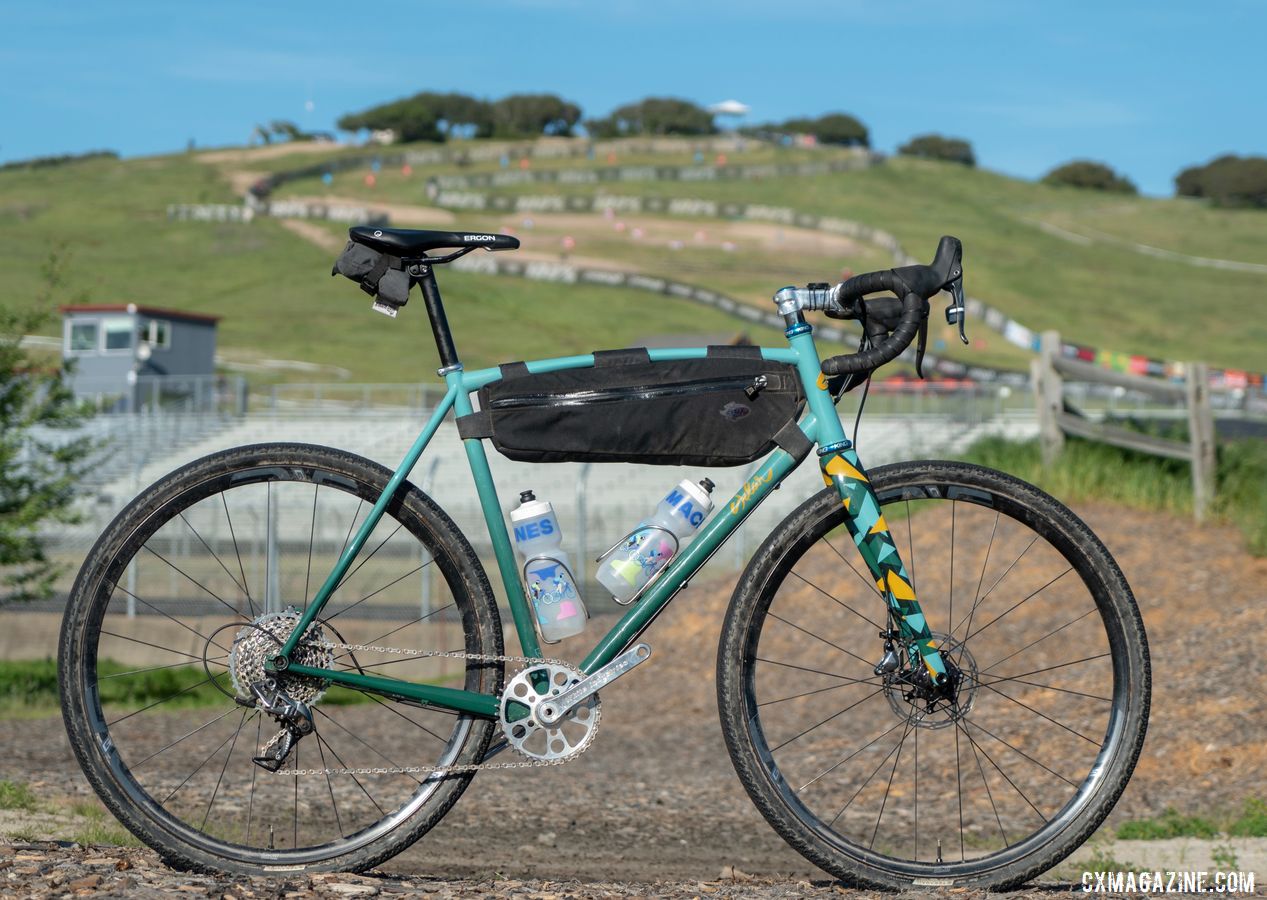
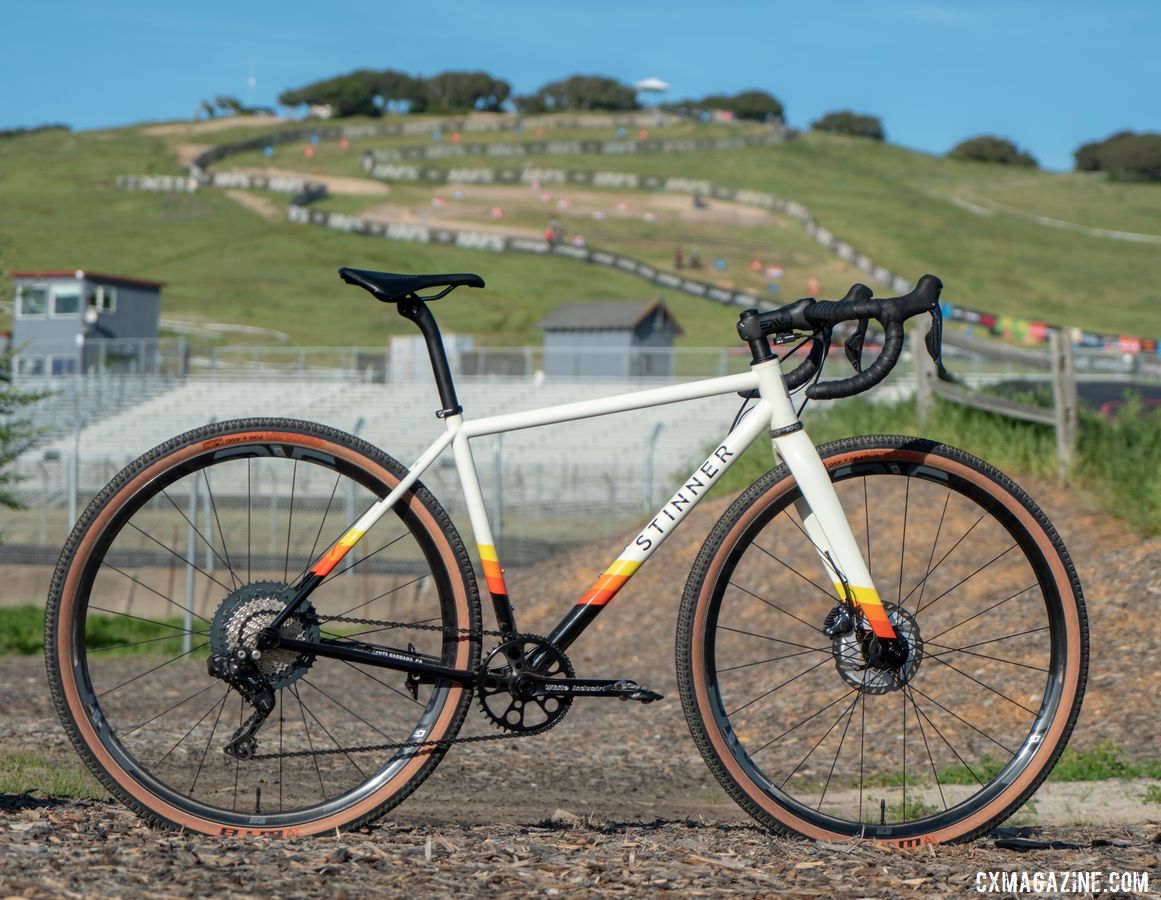
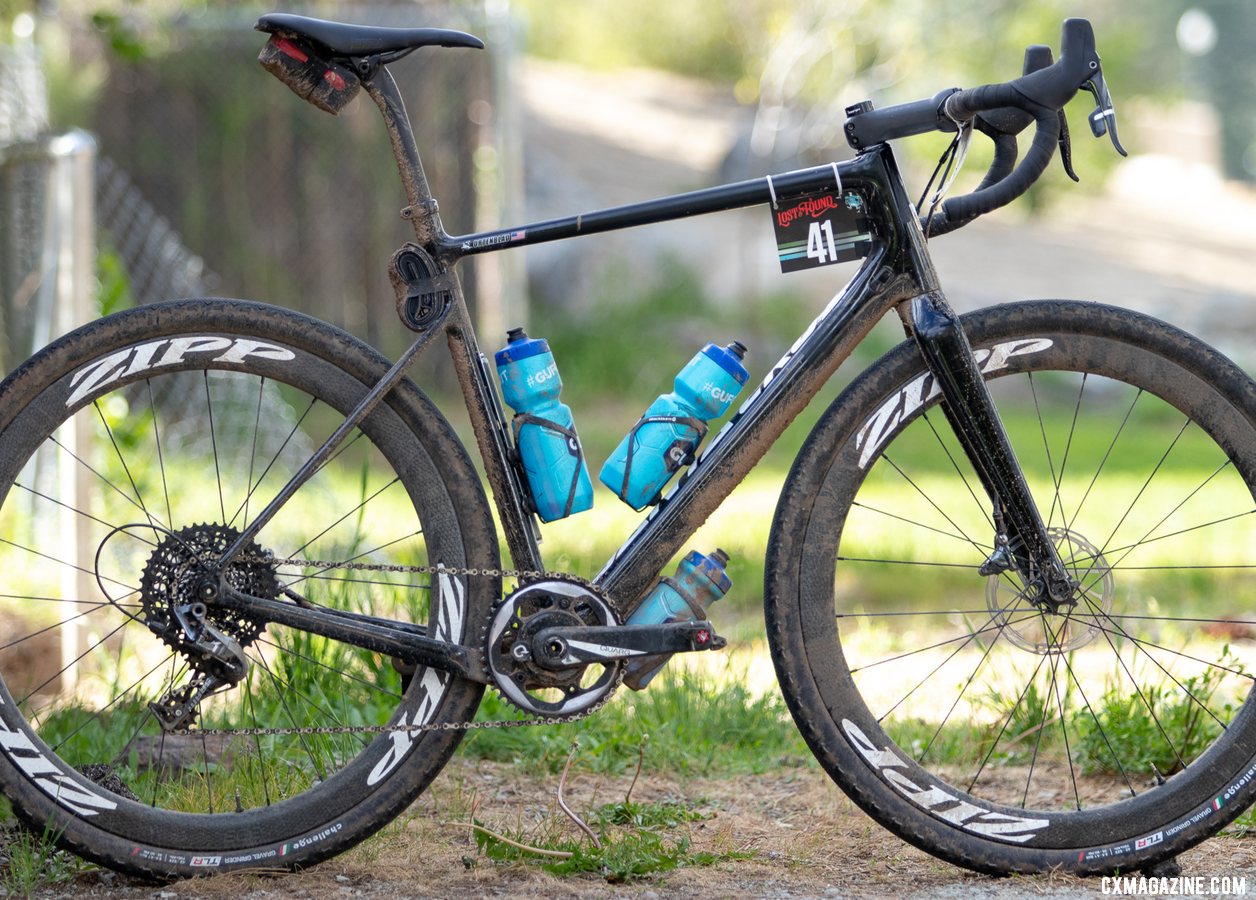



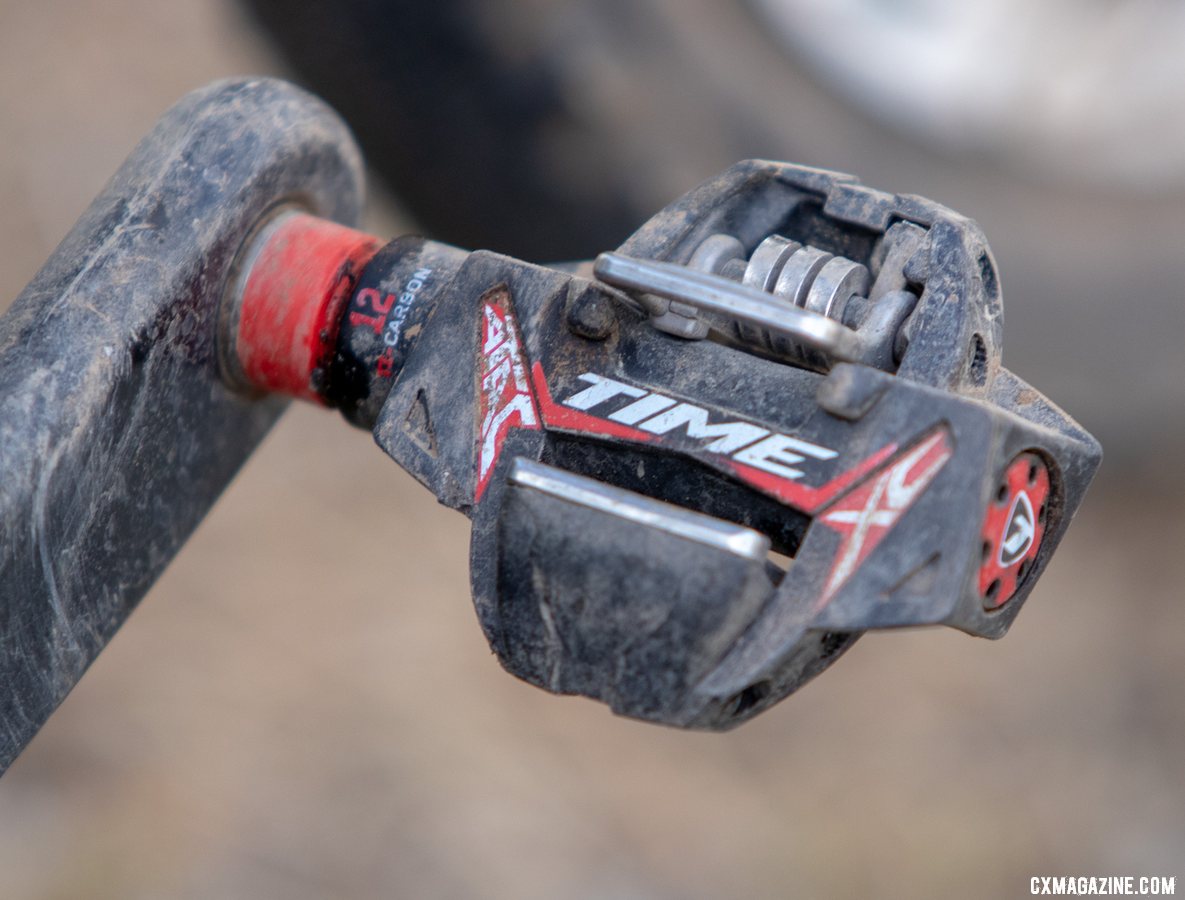
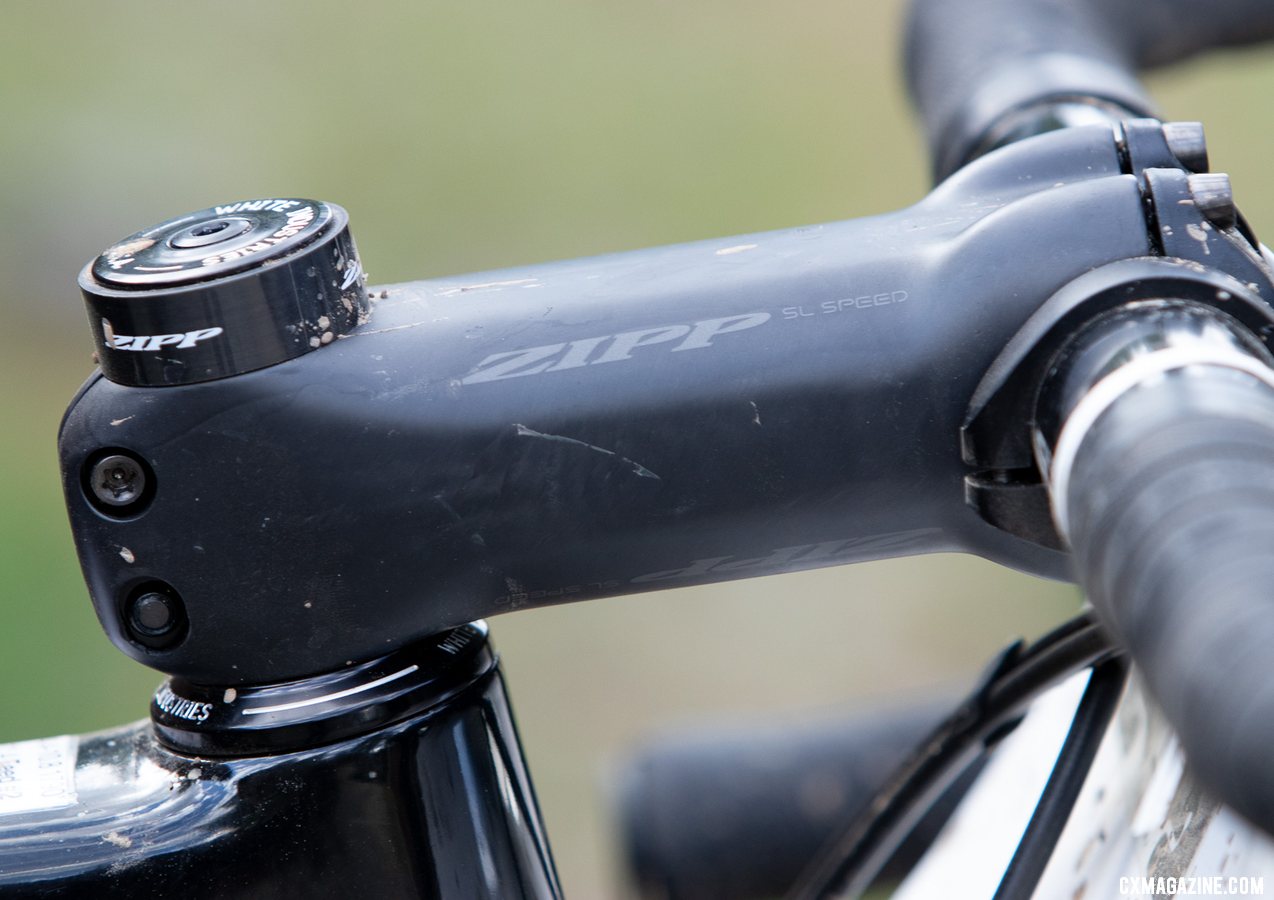


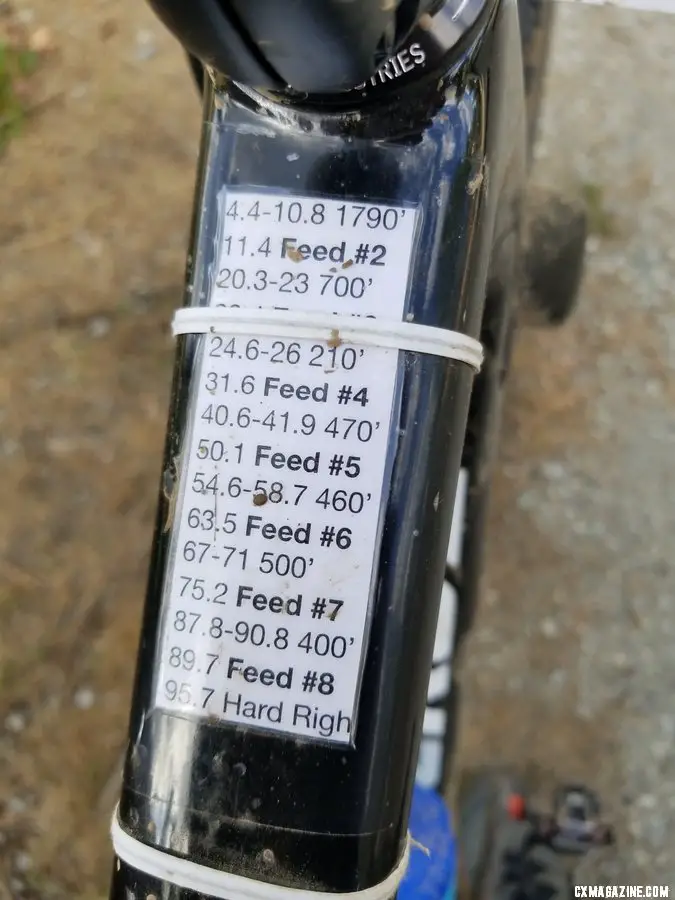


 Lemme take a selfie. 2019 Dirty Kanza 200 Gravel Race. © Z. Schuster / Cyclocross Magazine[/caption]
Lemme take a selfie. 2019 Dirty Kanza 200 Gravel Race. © Z. Schuster / Cyclocross Magazine[/caption]








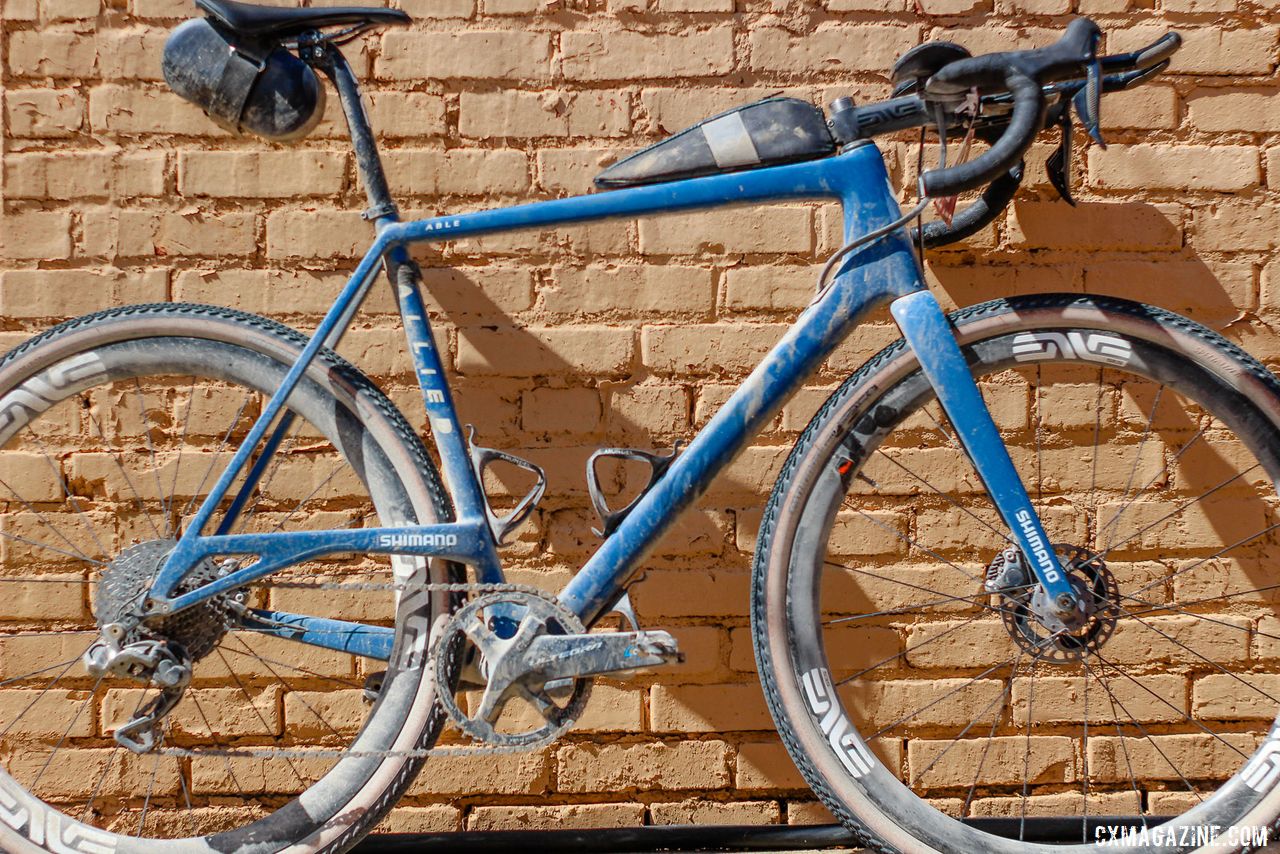



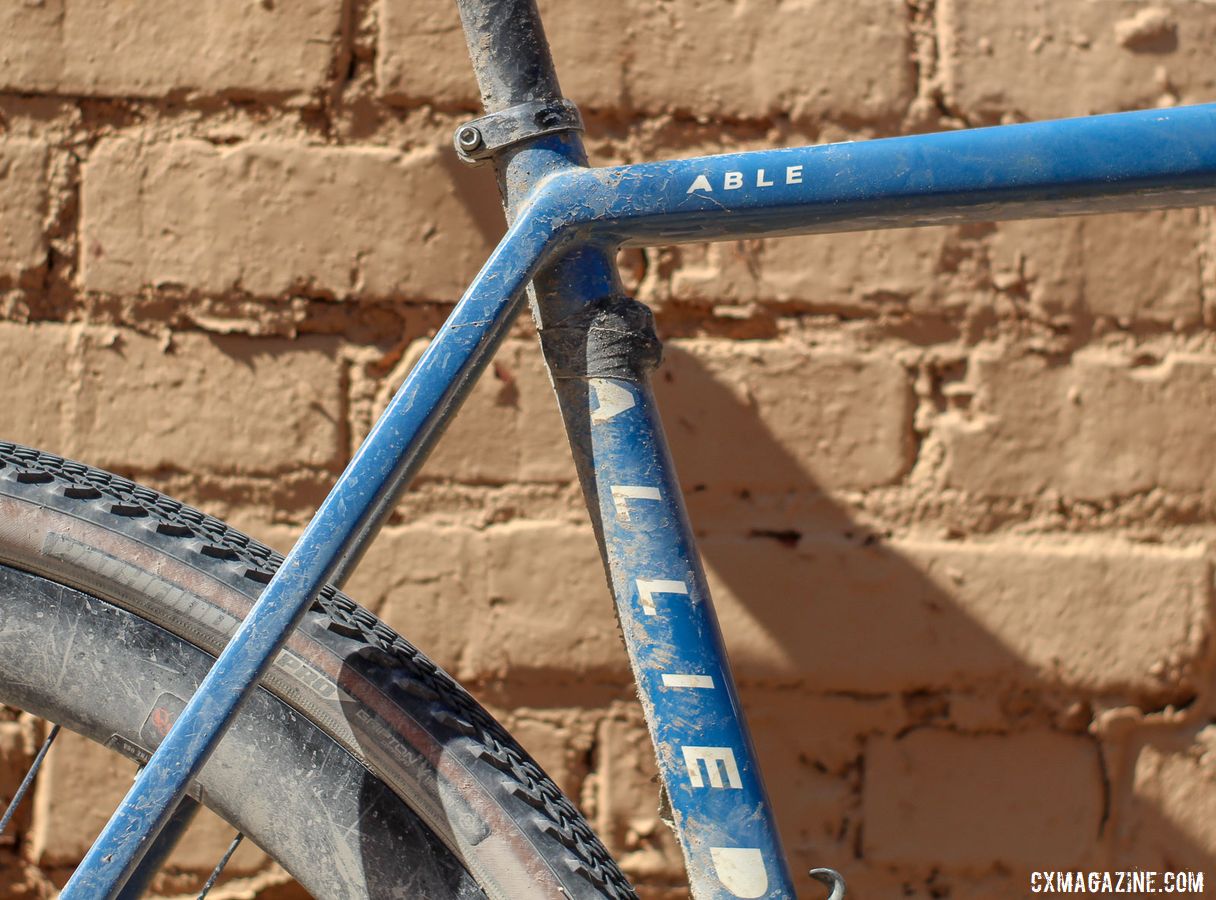
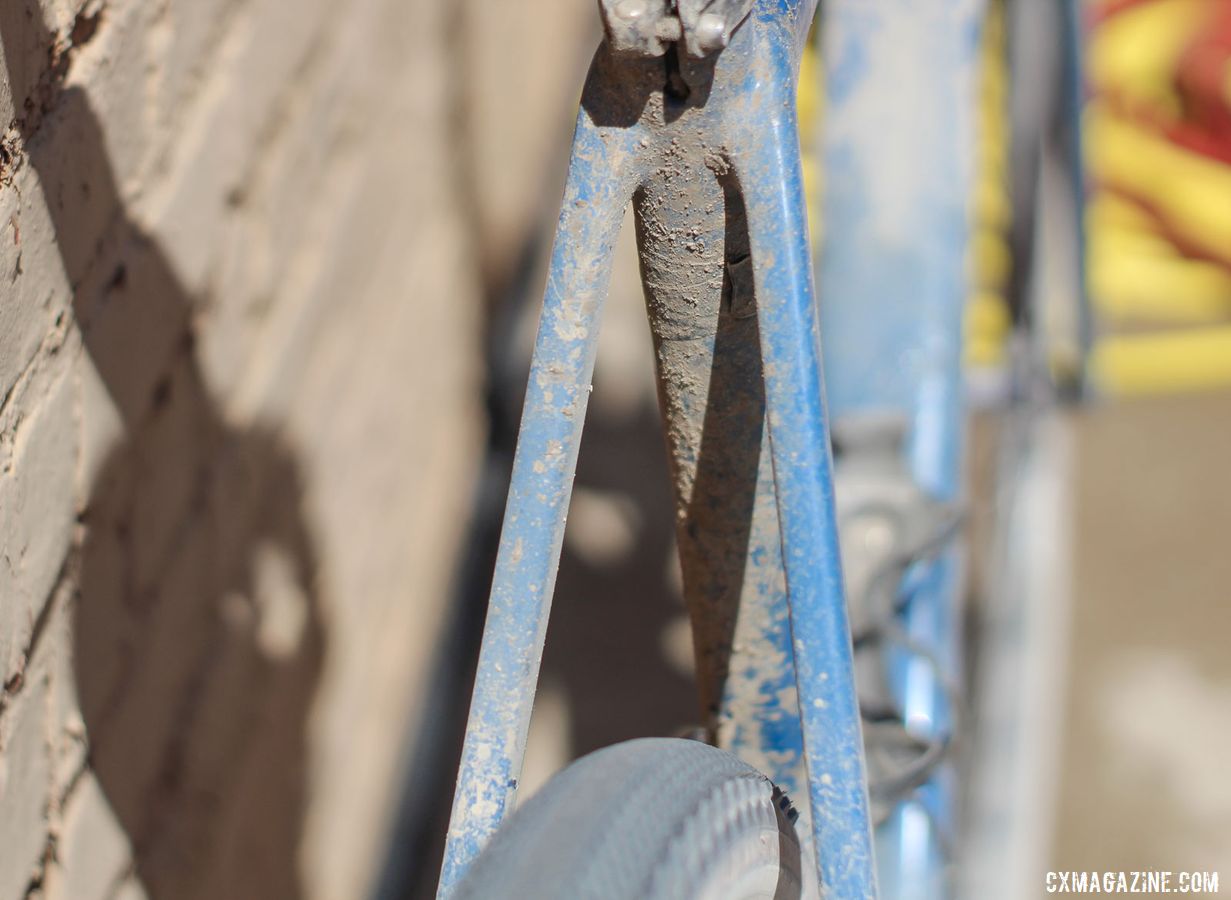
















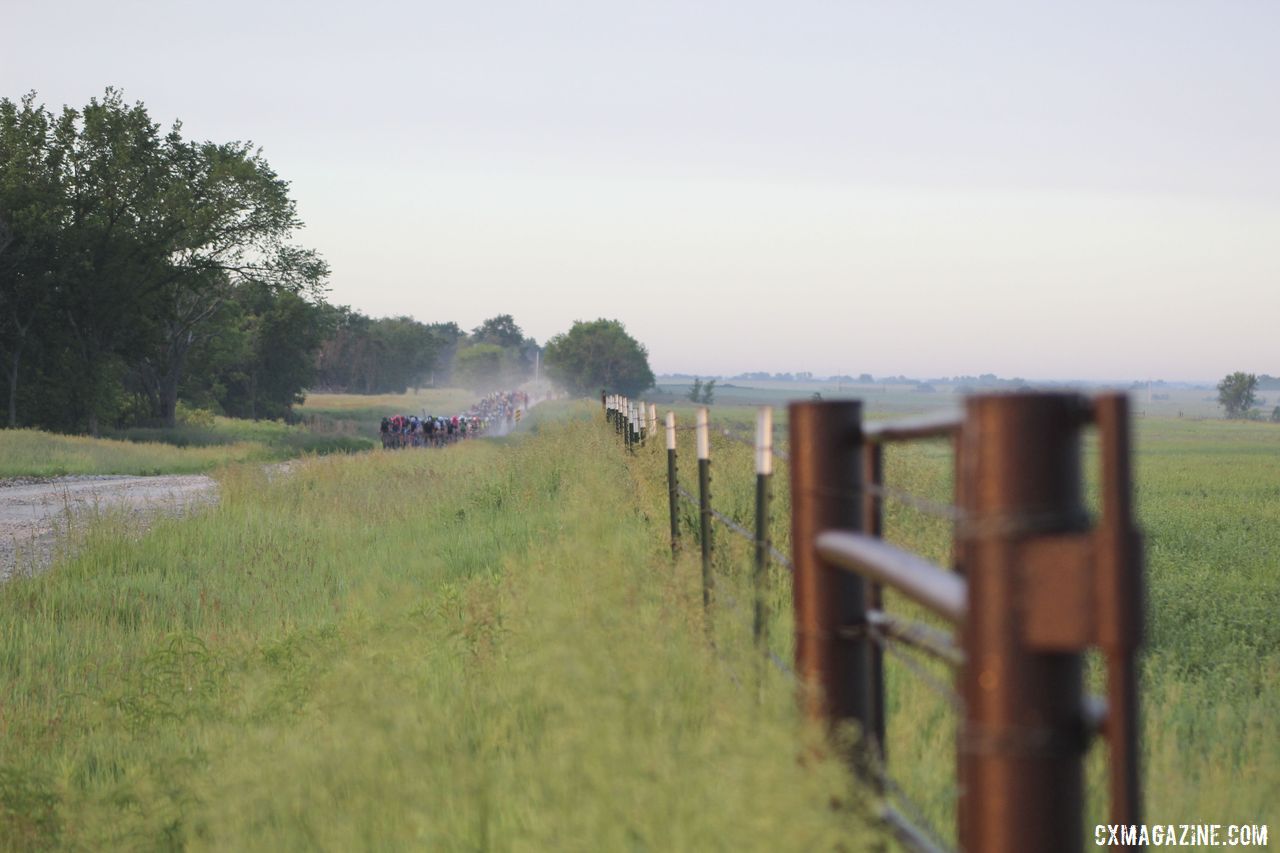
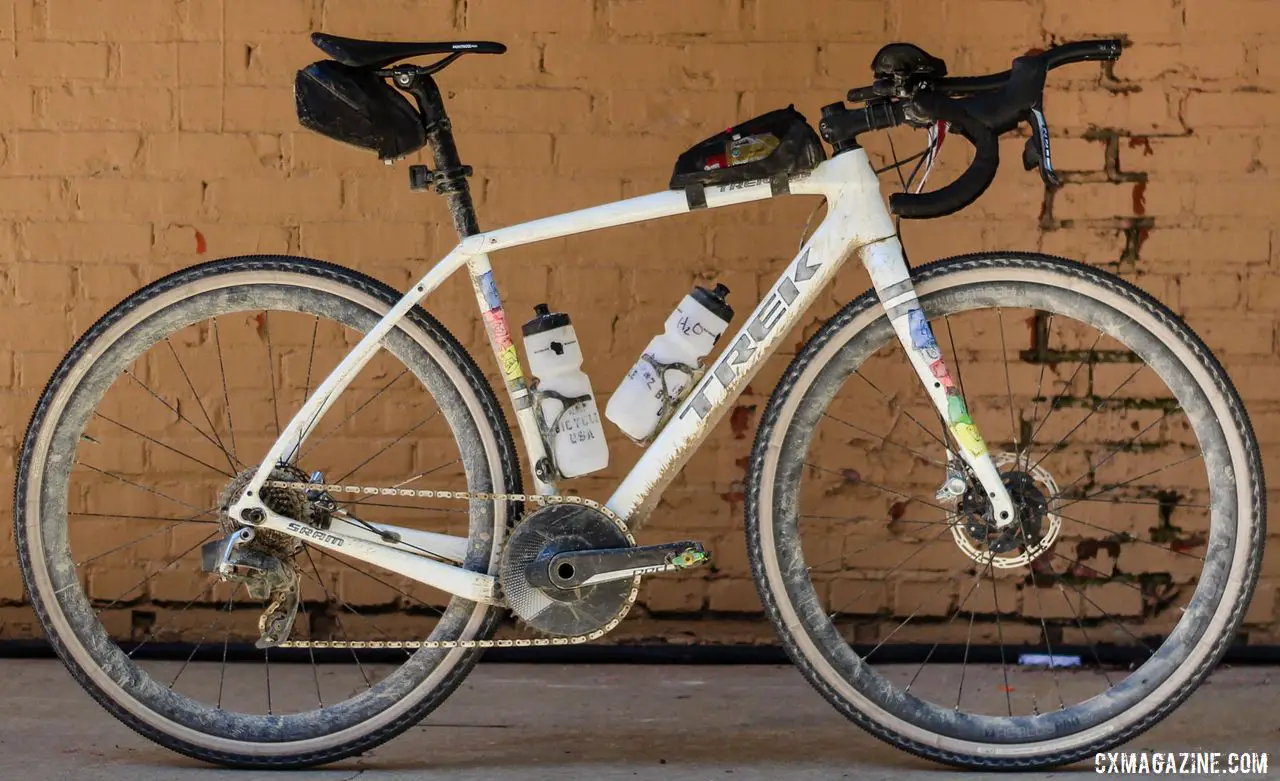
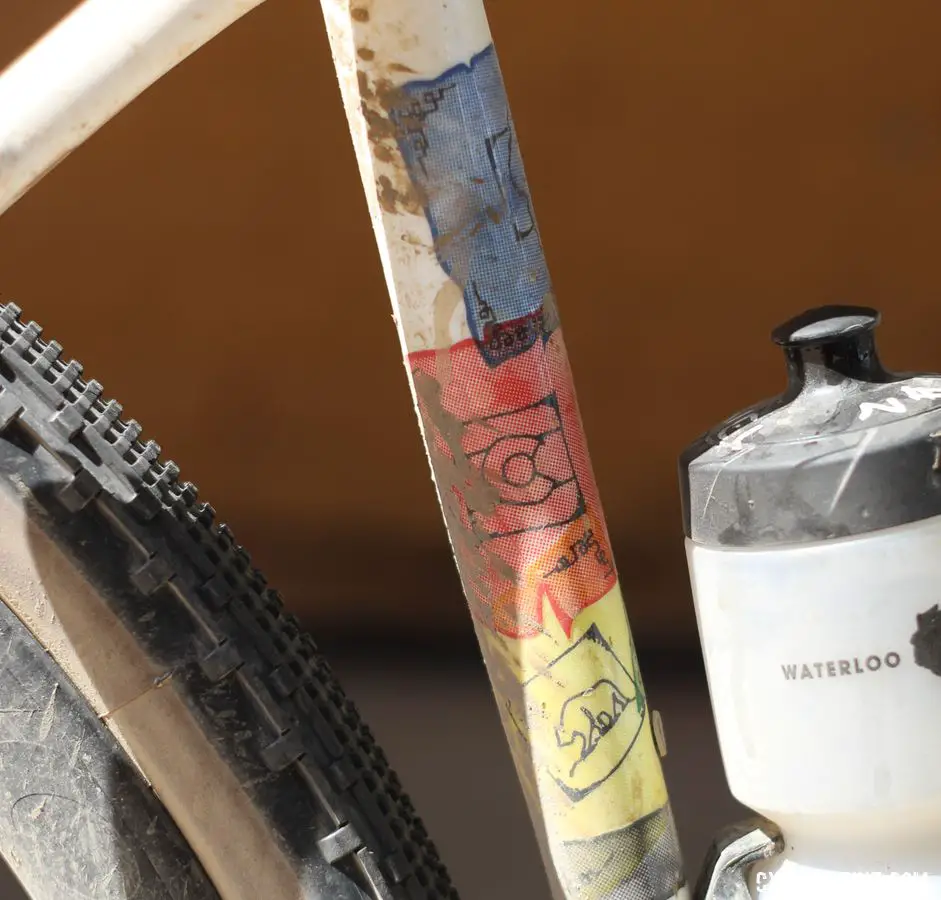




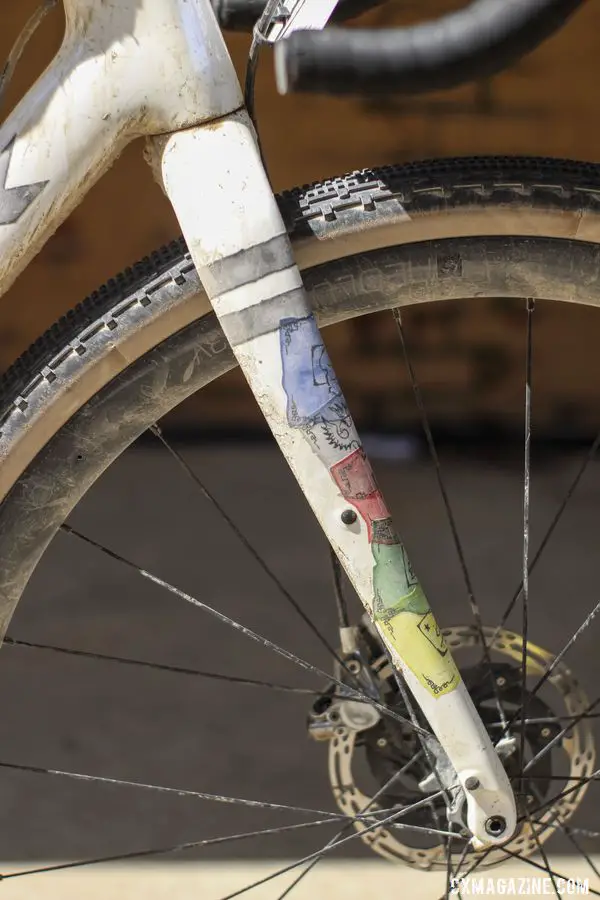






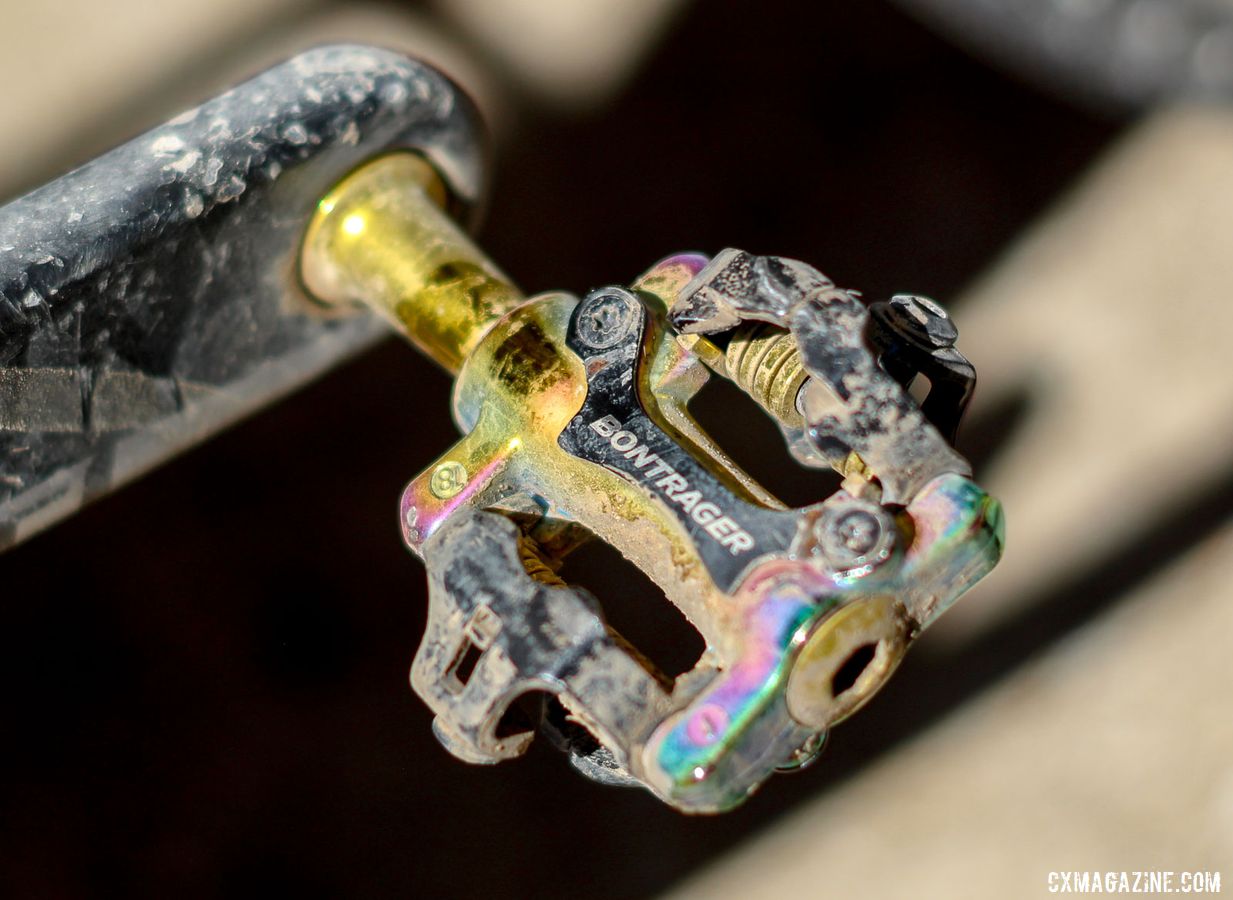


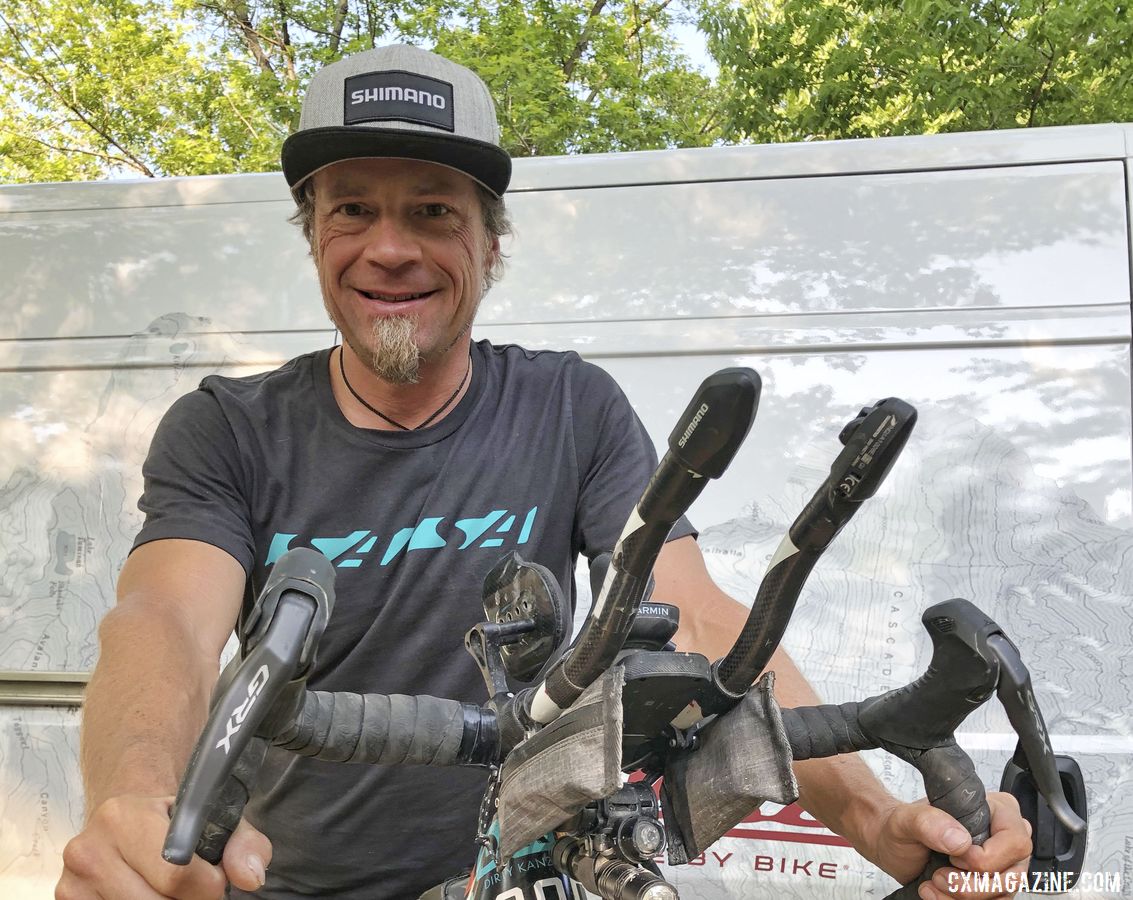


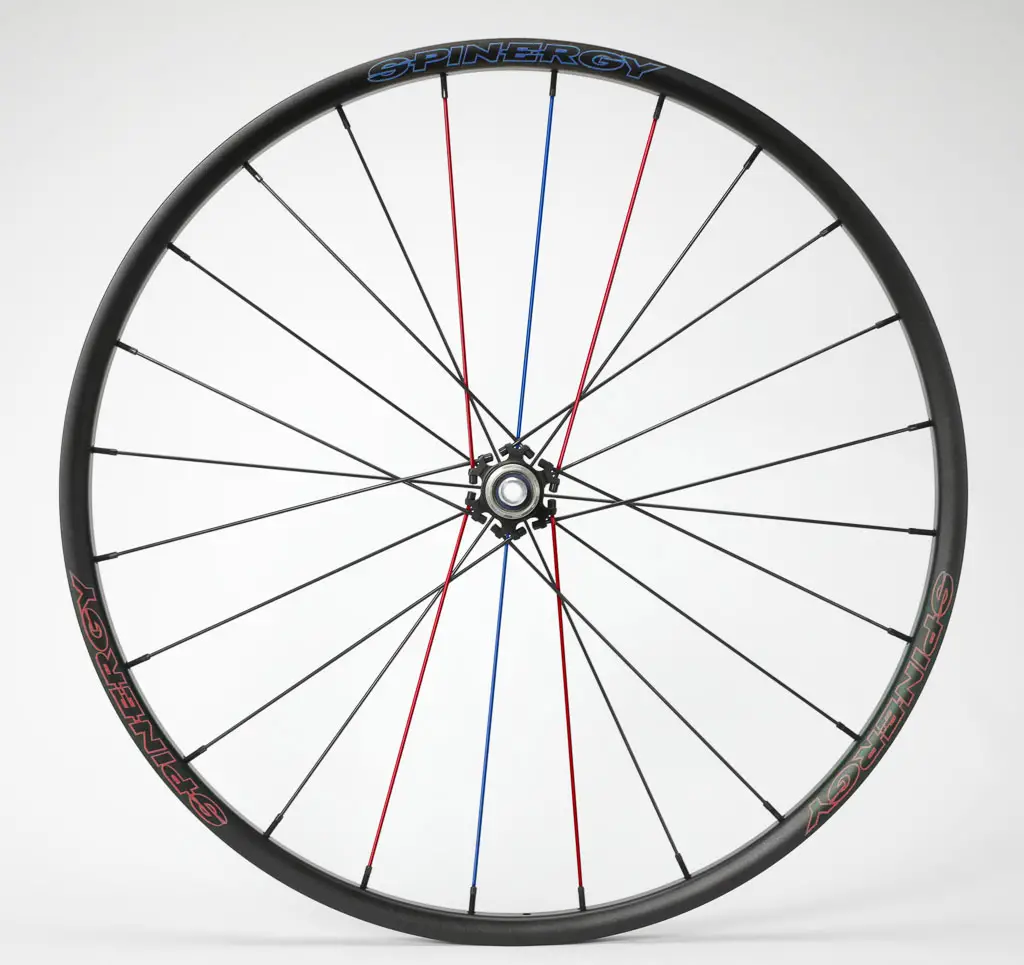
 They may cameo on my Salsa Vaya in the meantime. Thrilled to test out the plush ride at some gravel events later this year, particularly unPAved in October!
They may cameo on my Salsa Vaya in the meantime. Thrilled to test out the plush ride at some gravel events later this year, particularly unPAved in October!